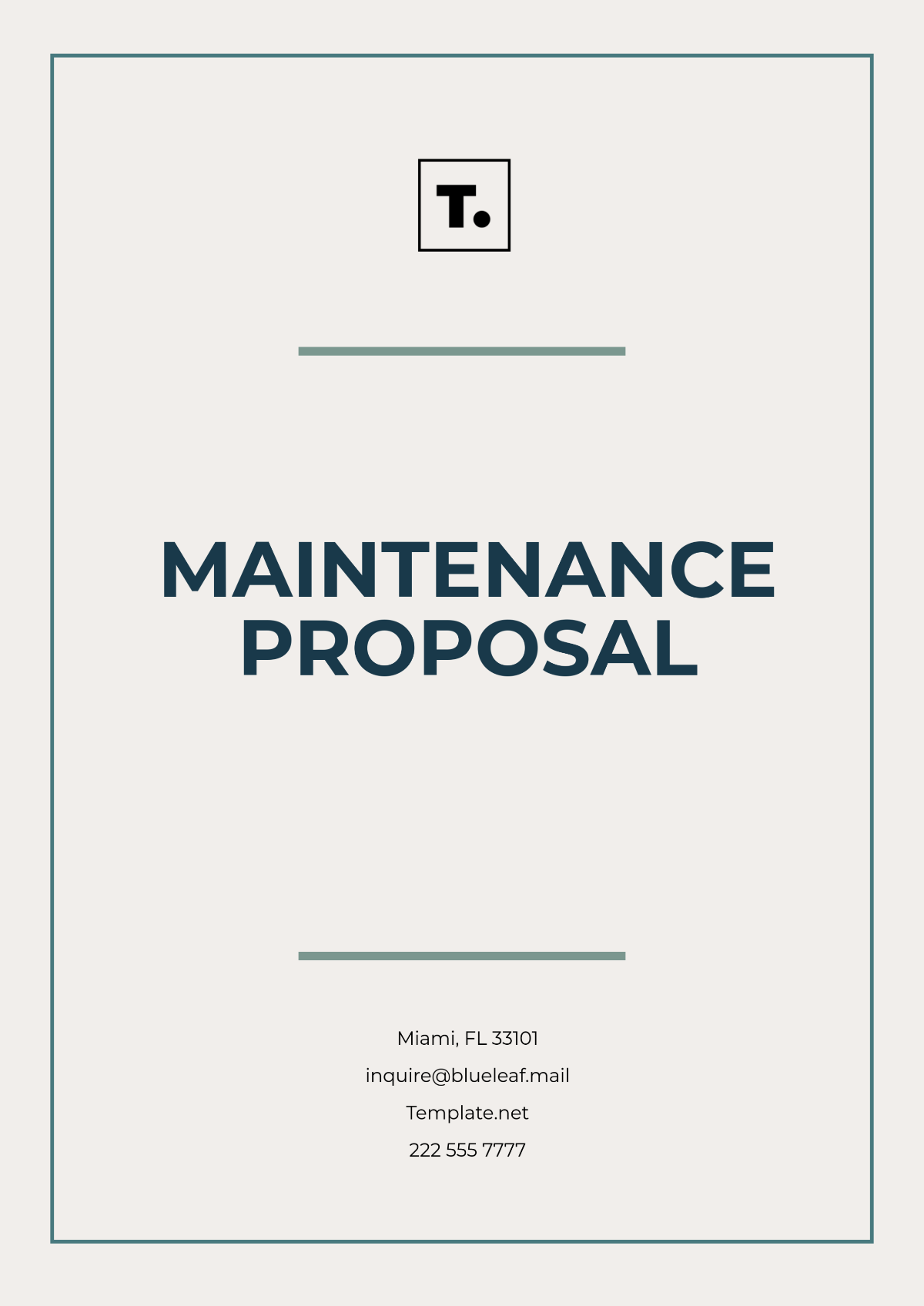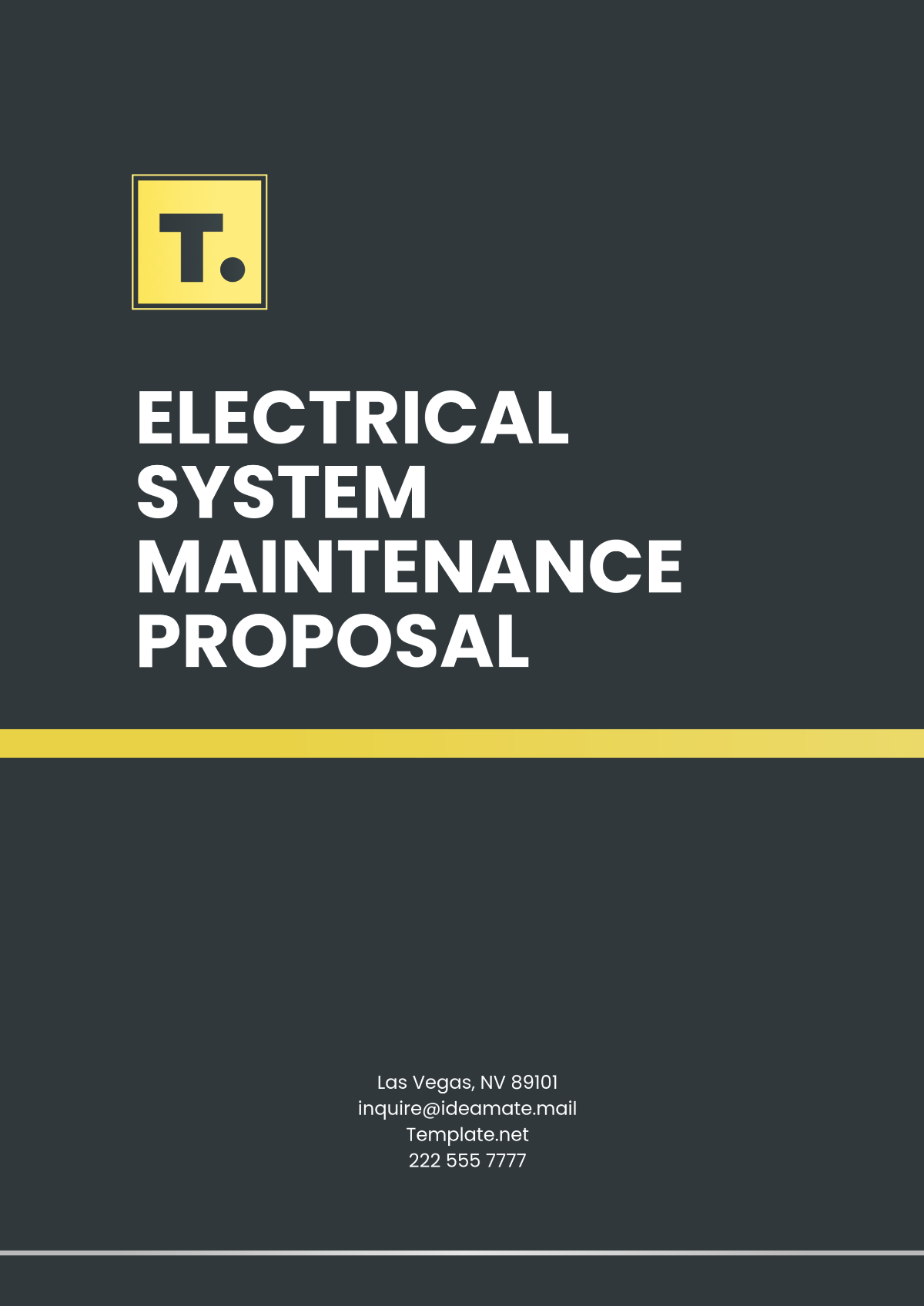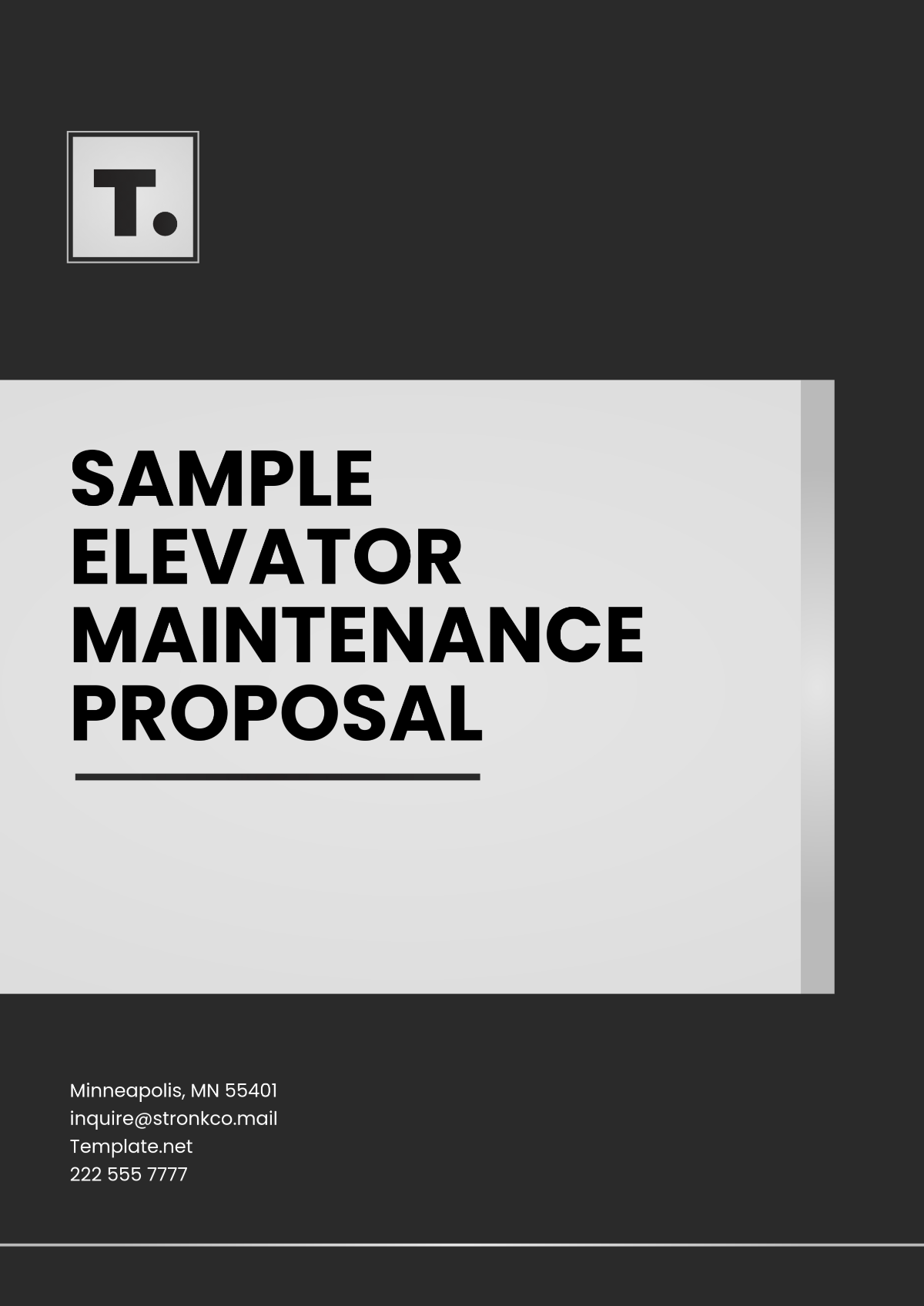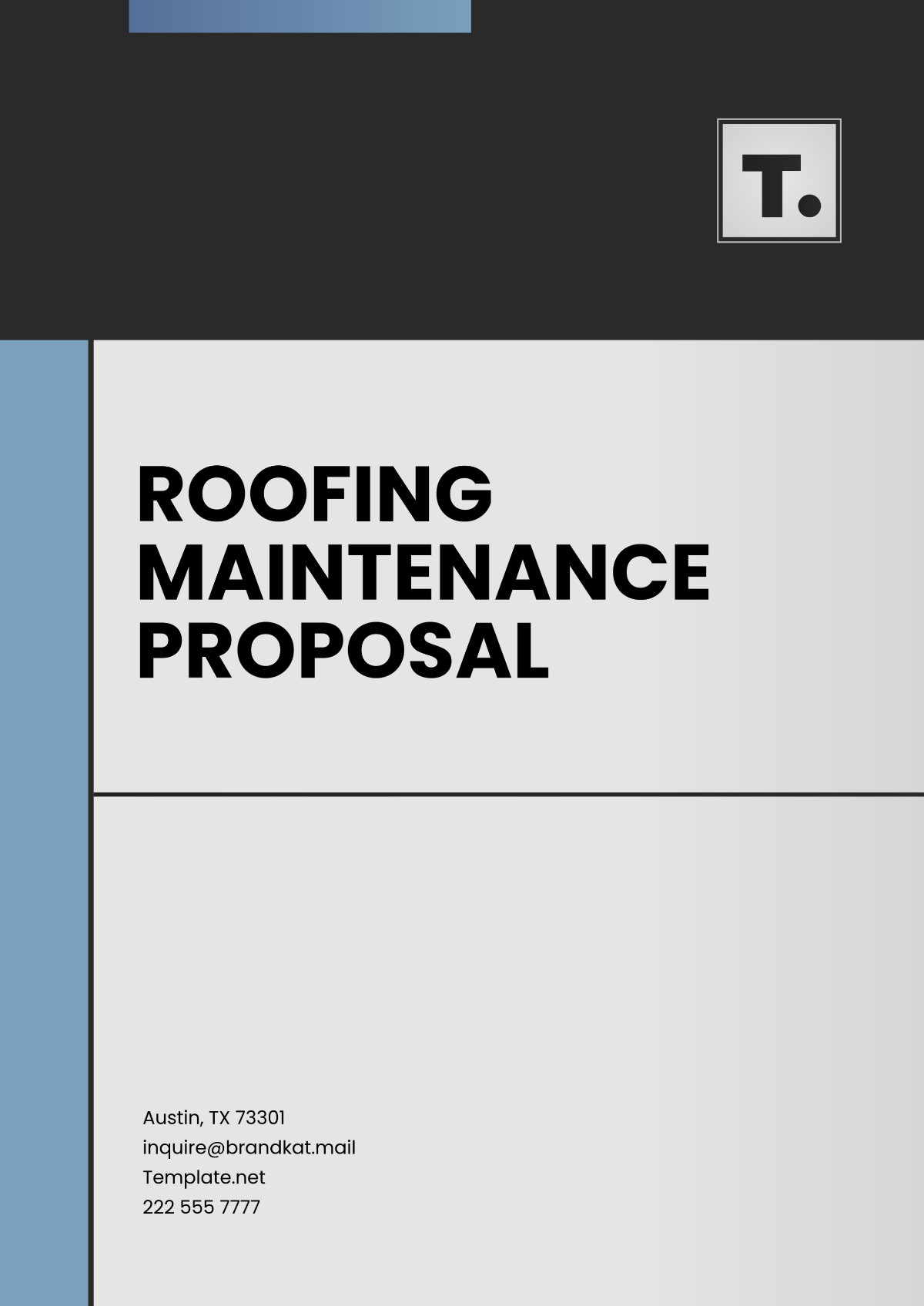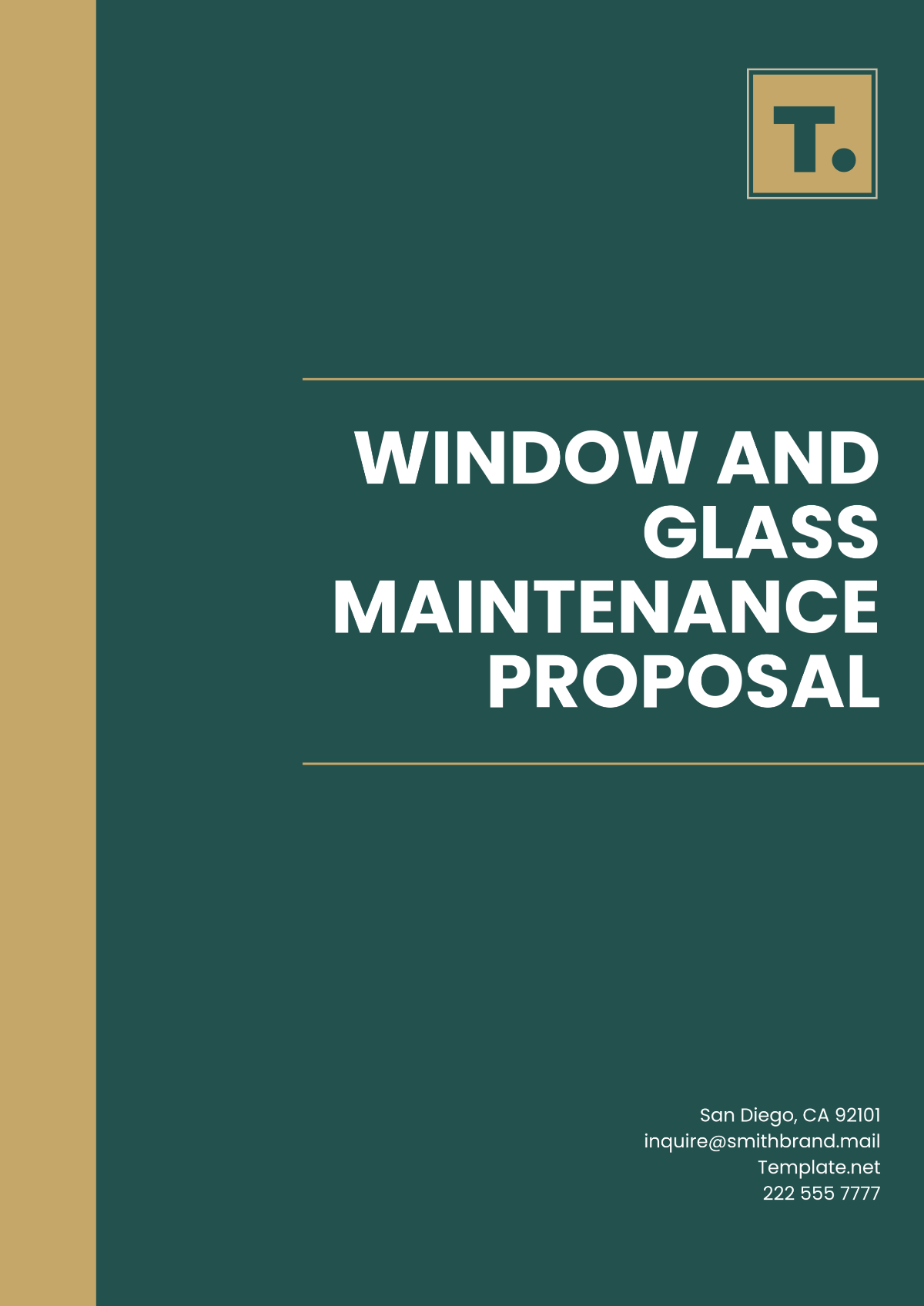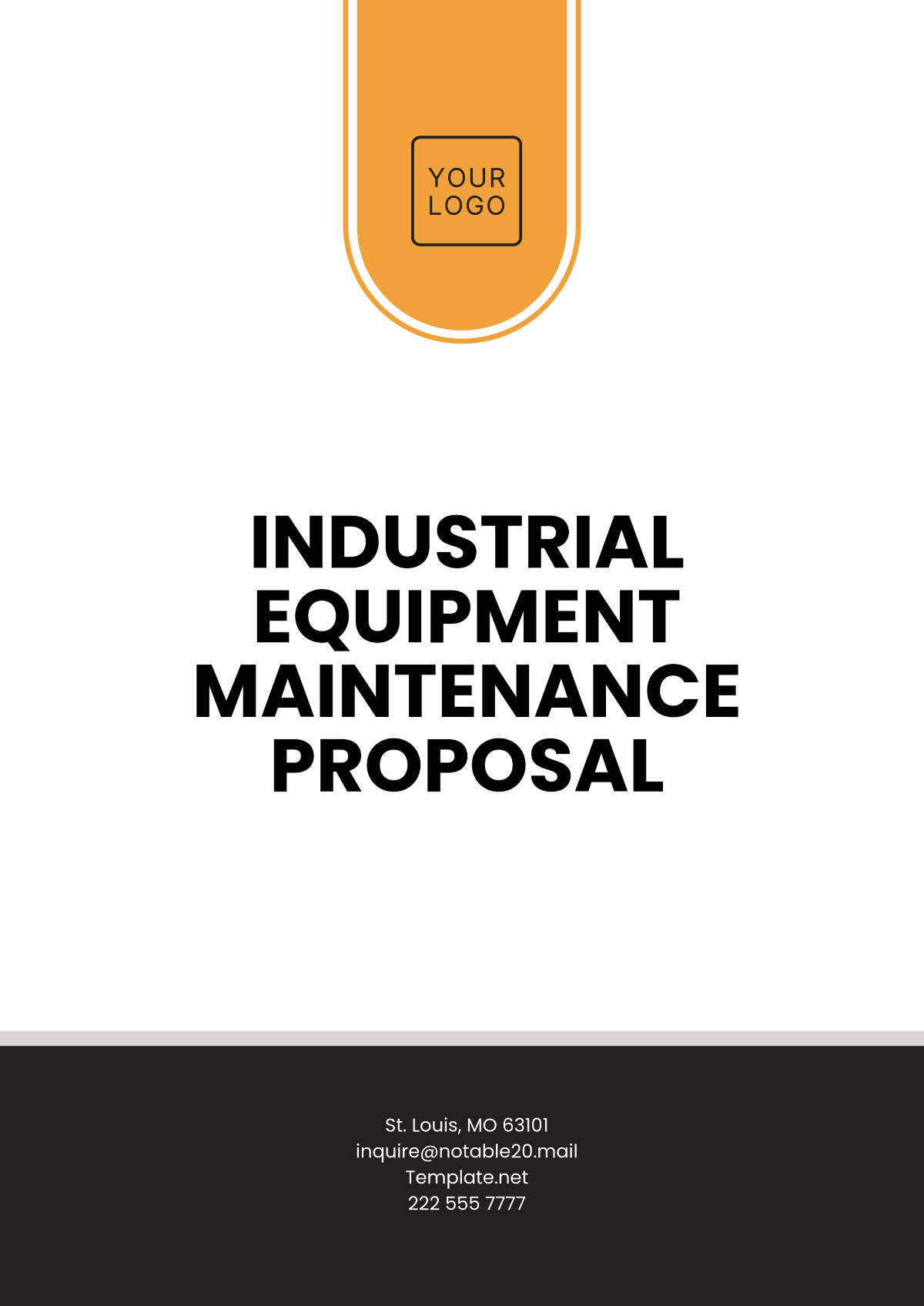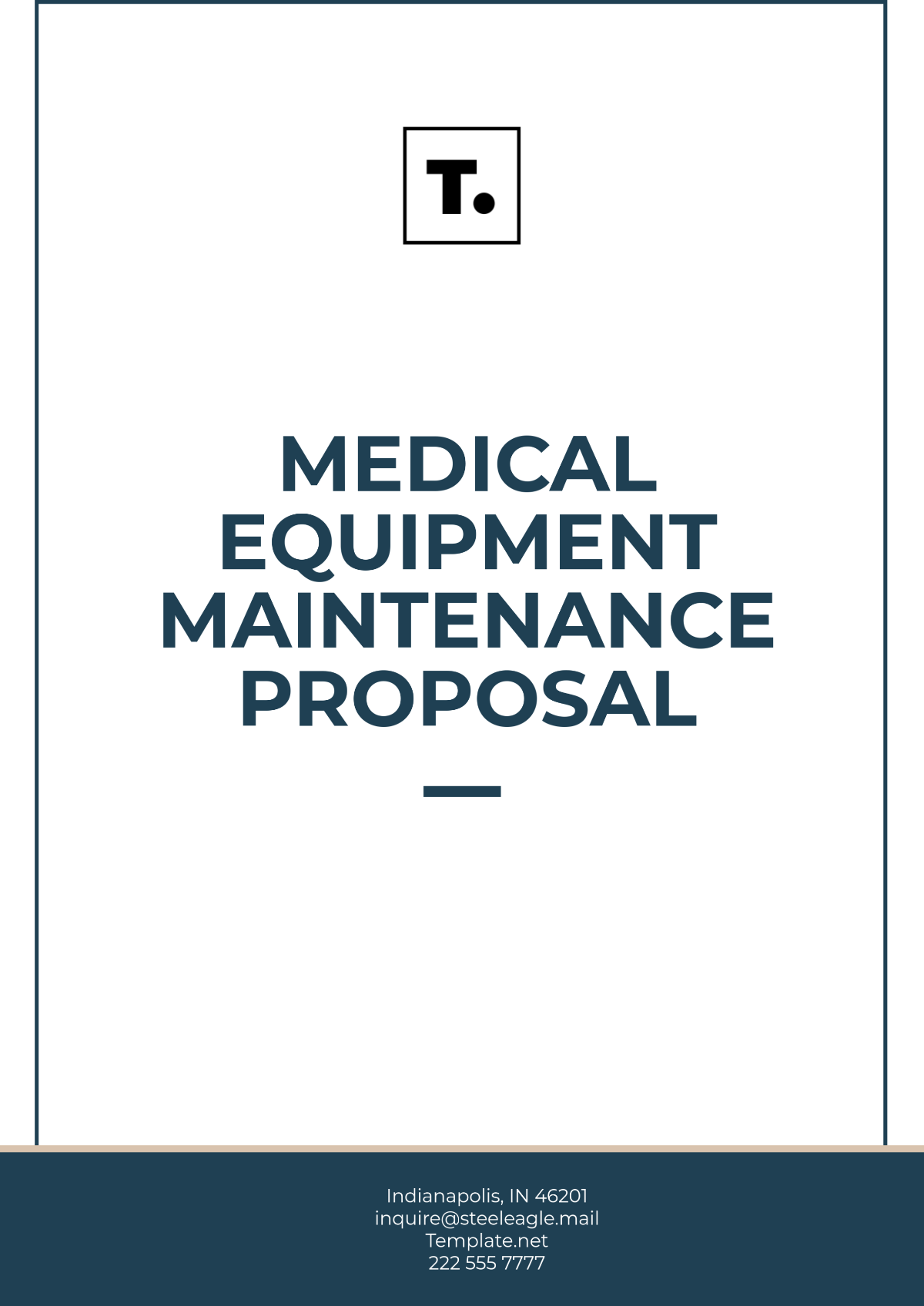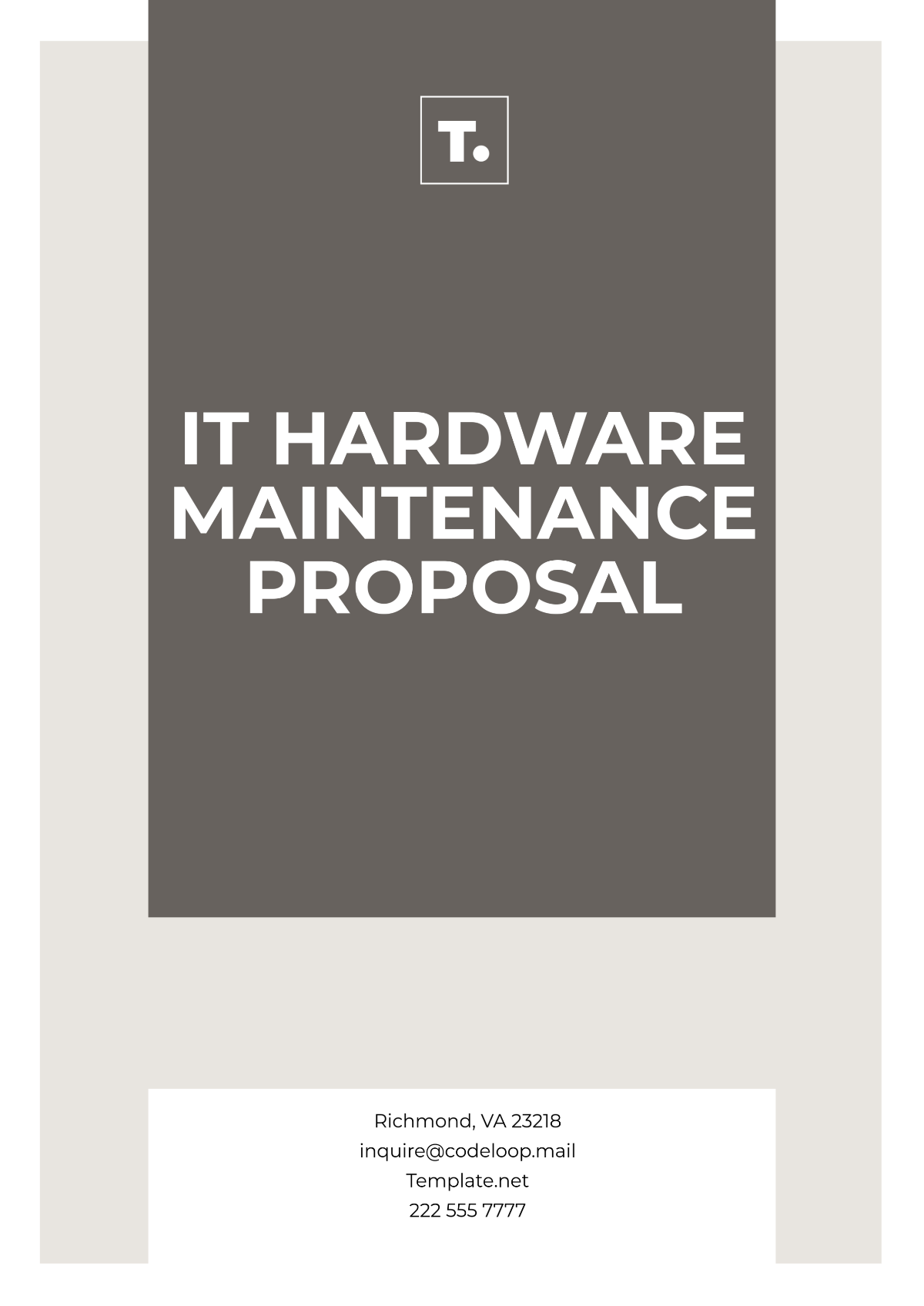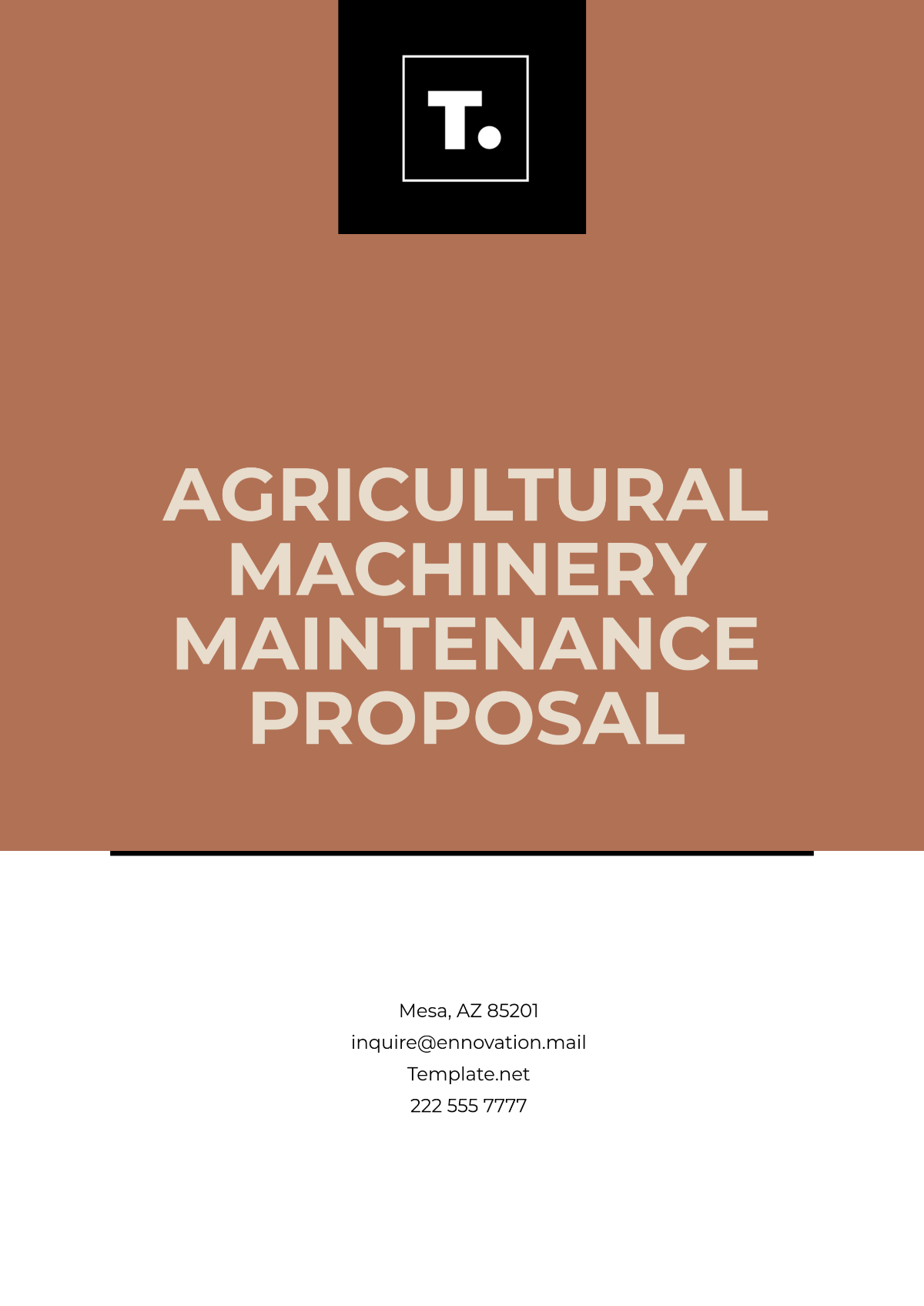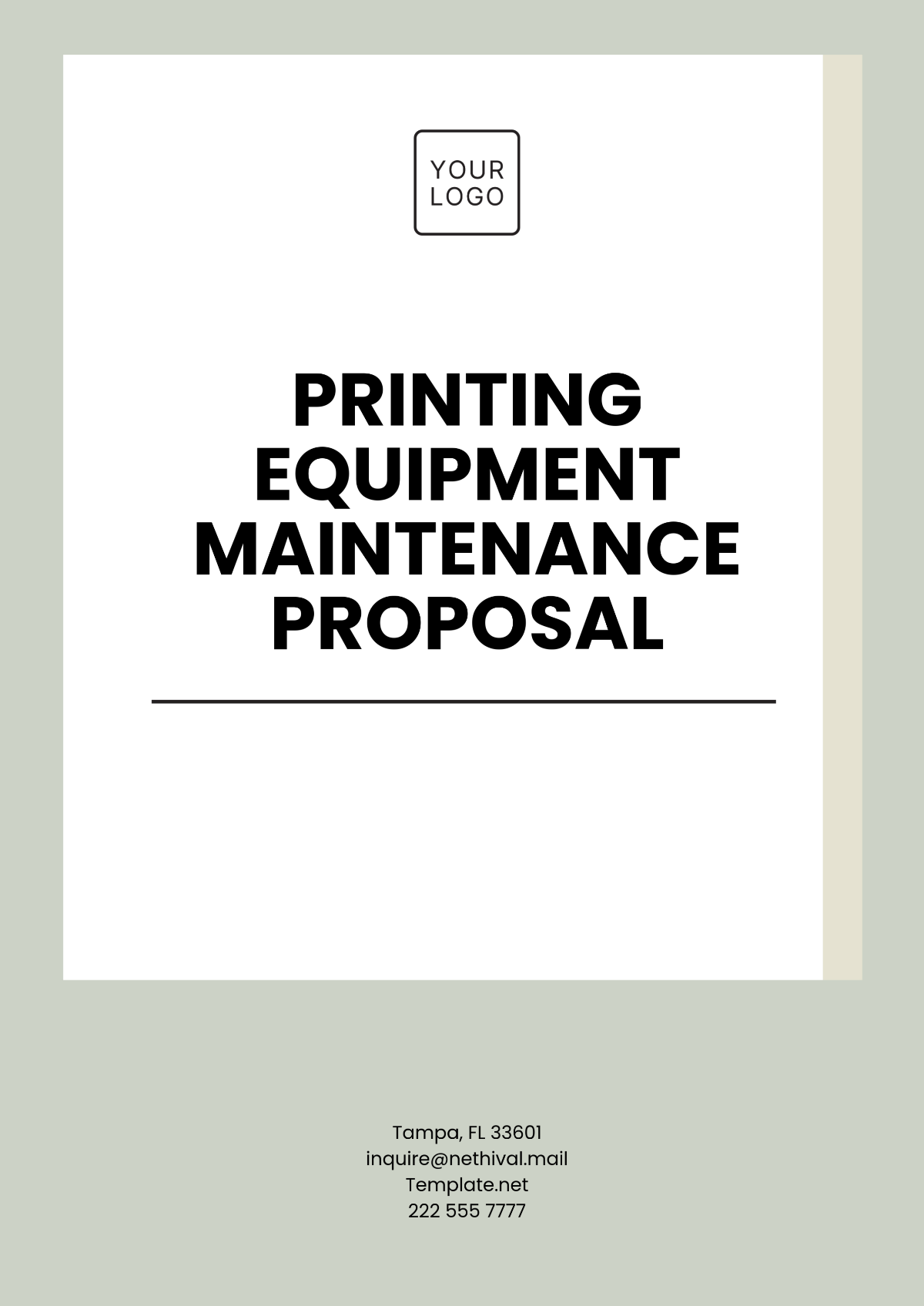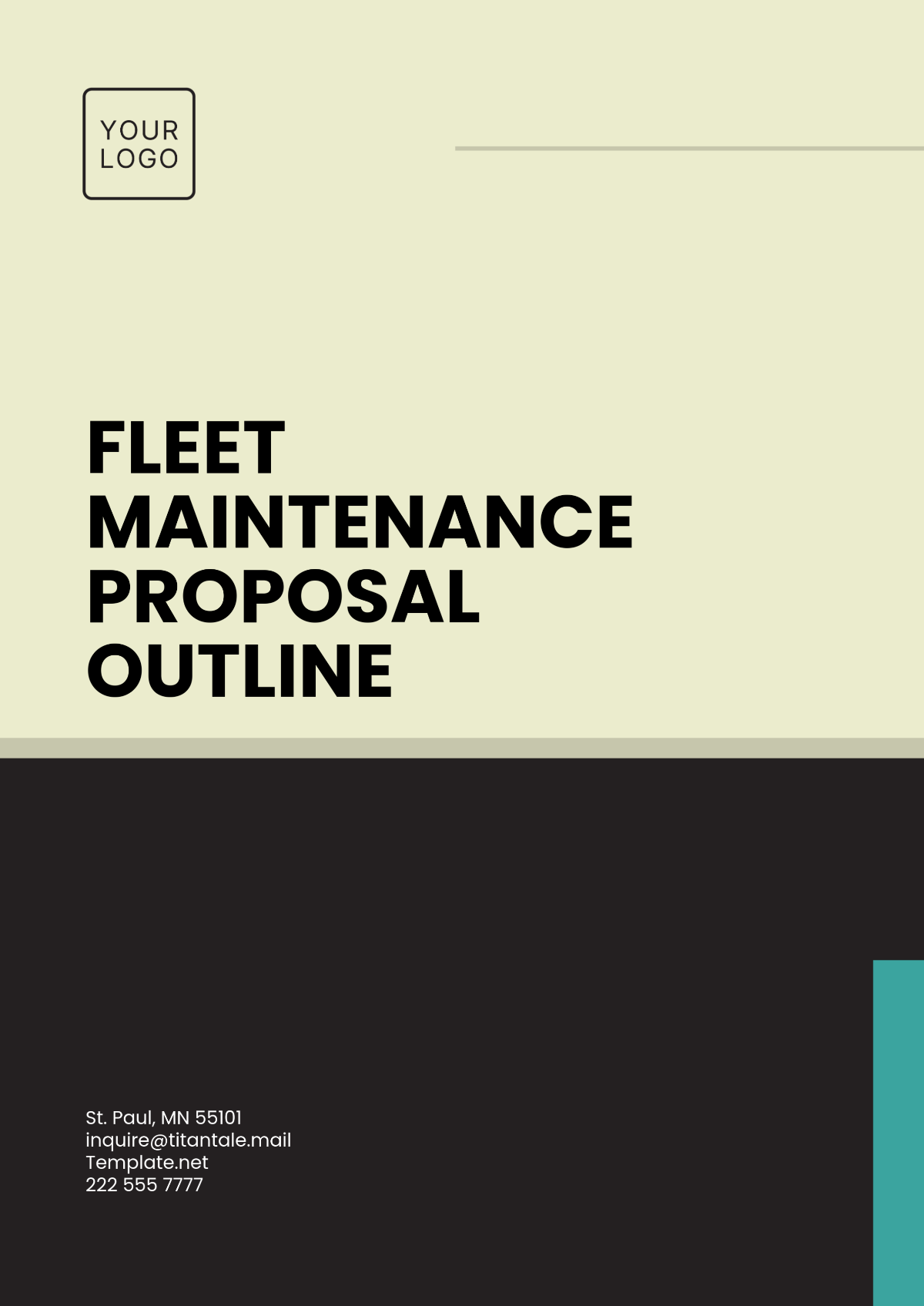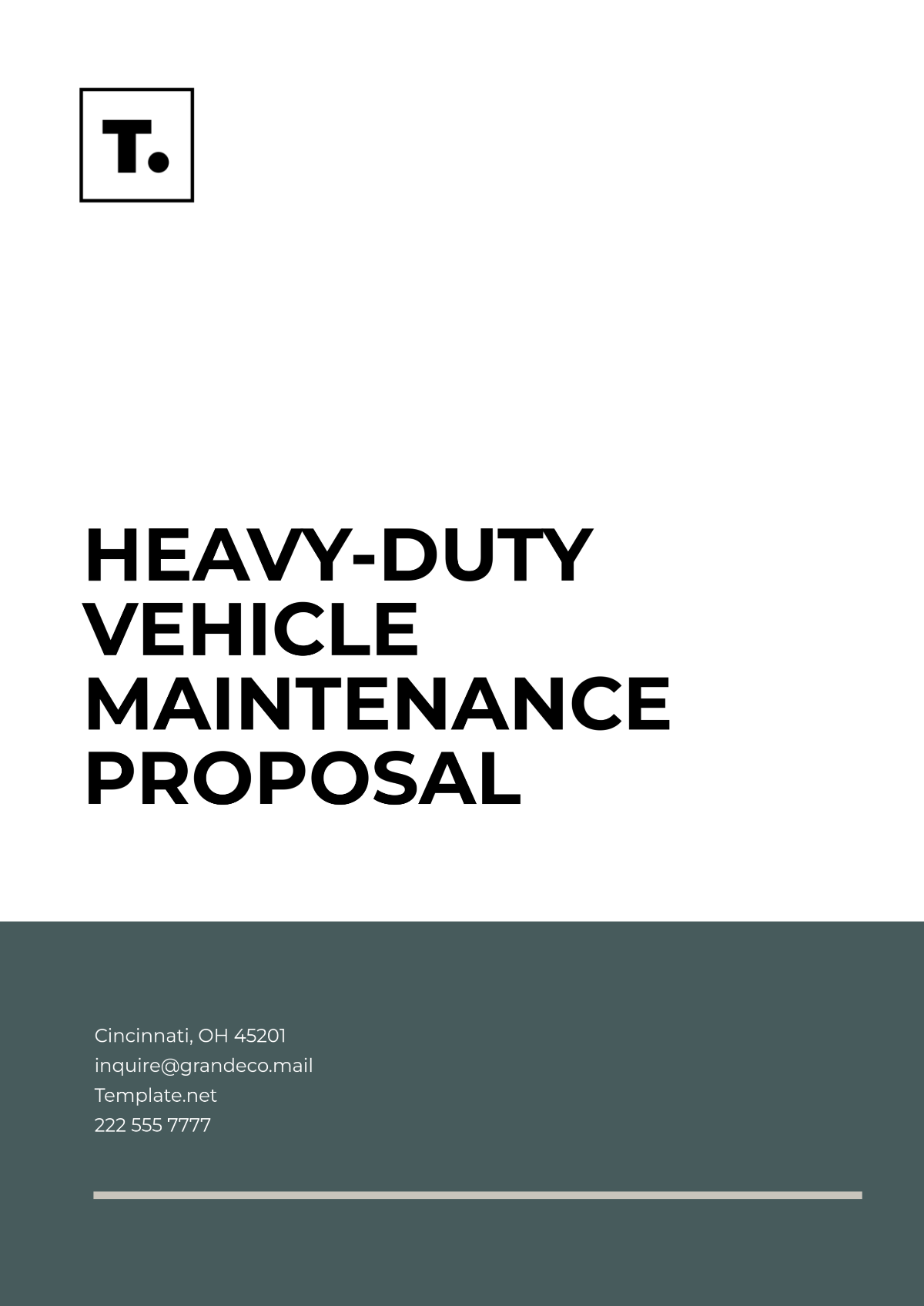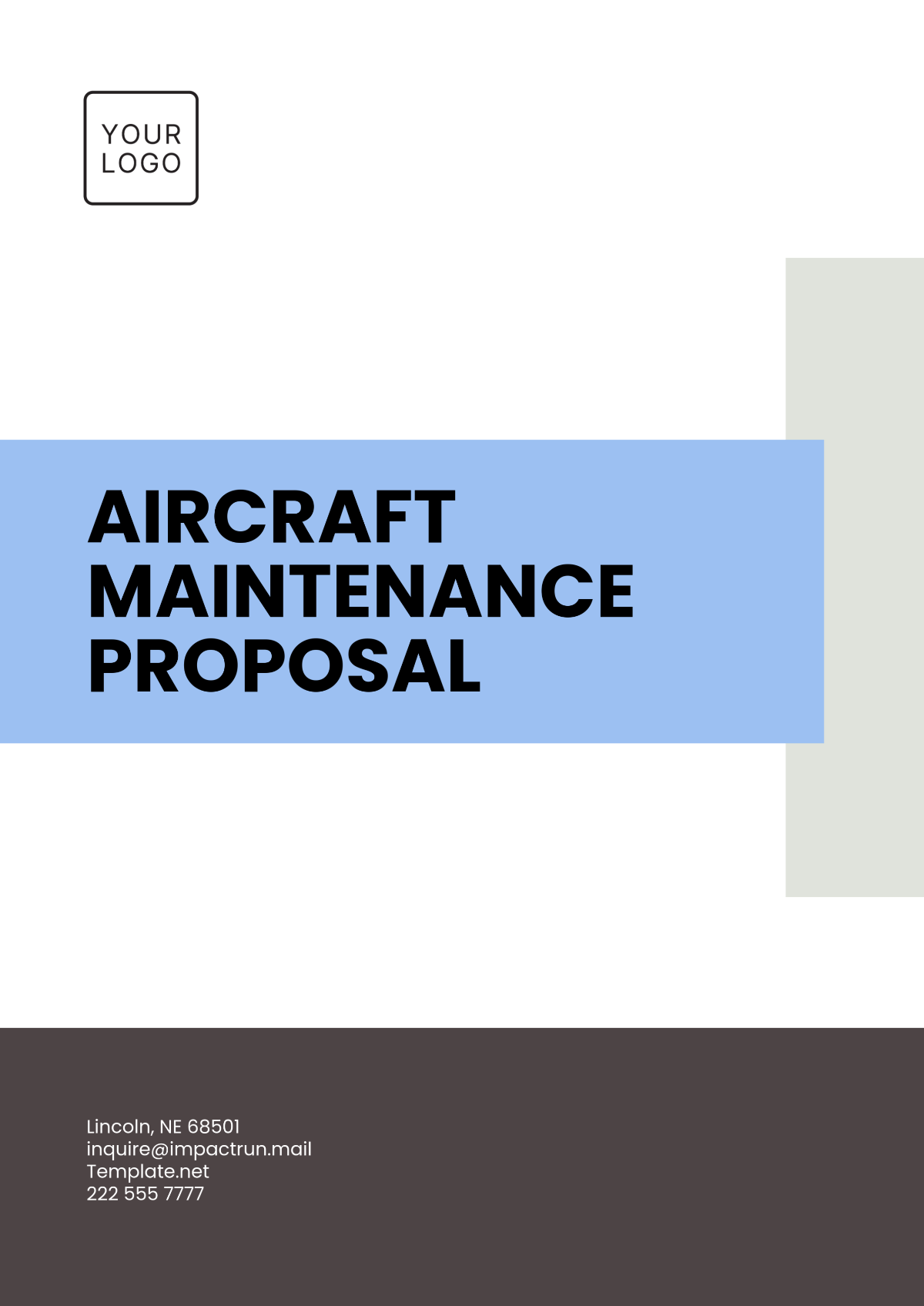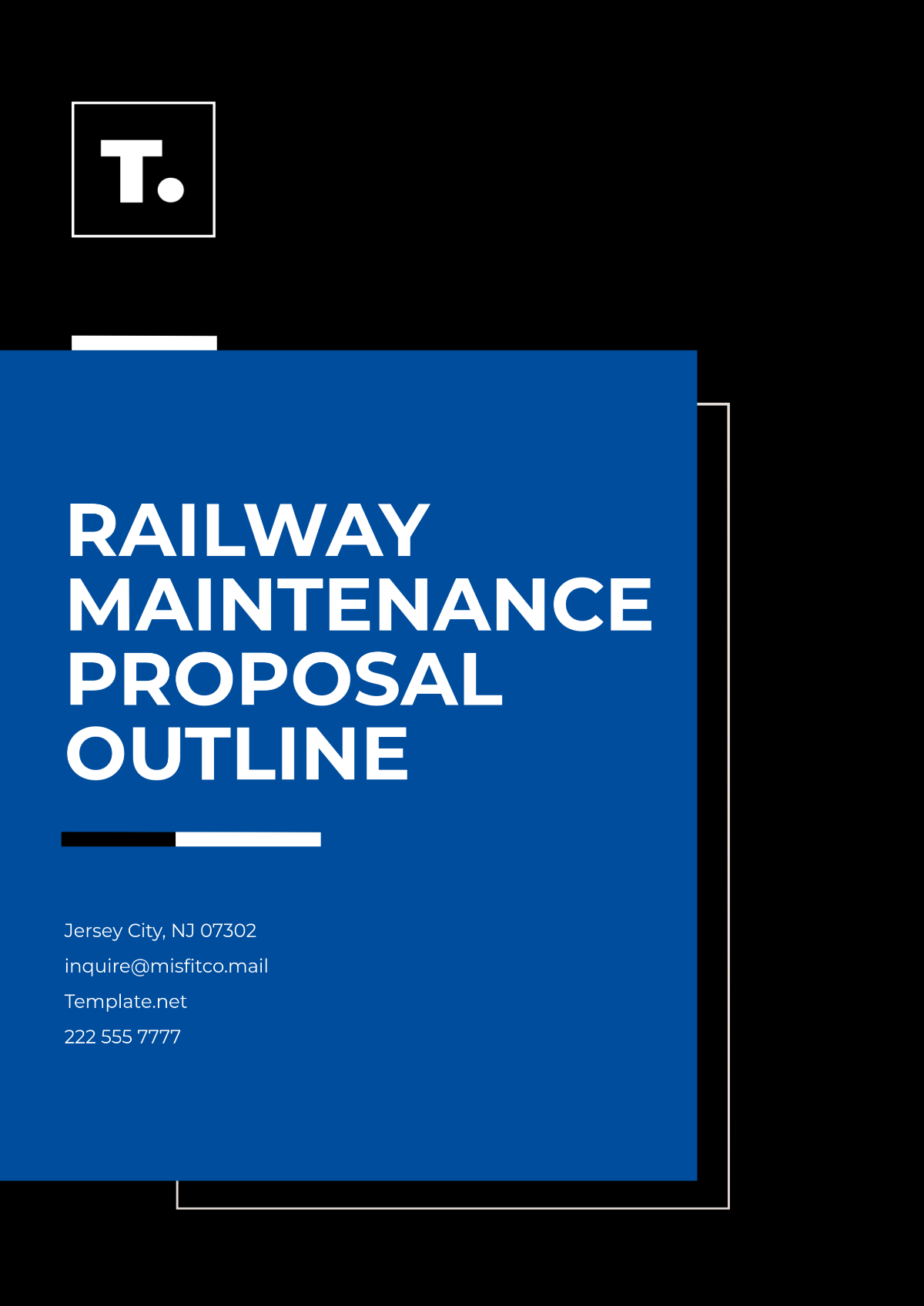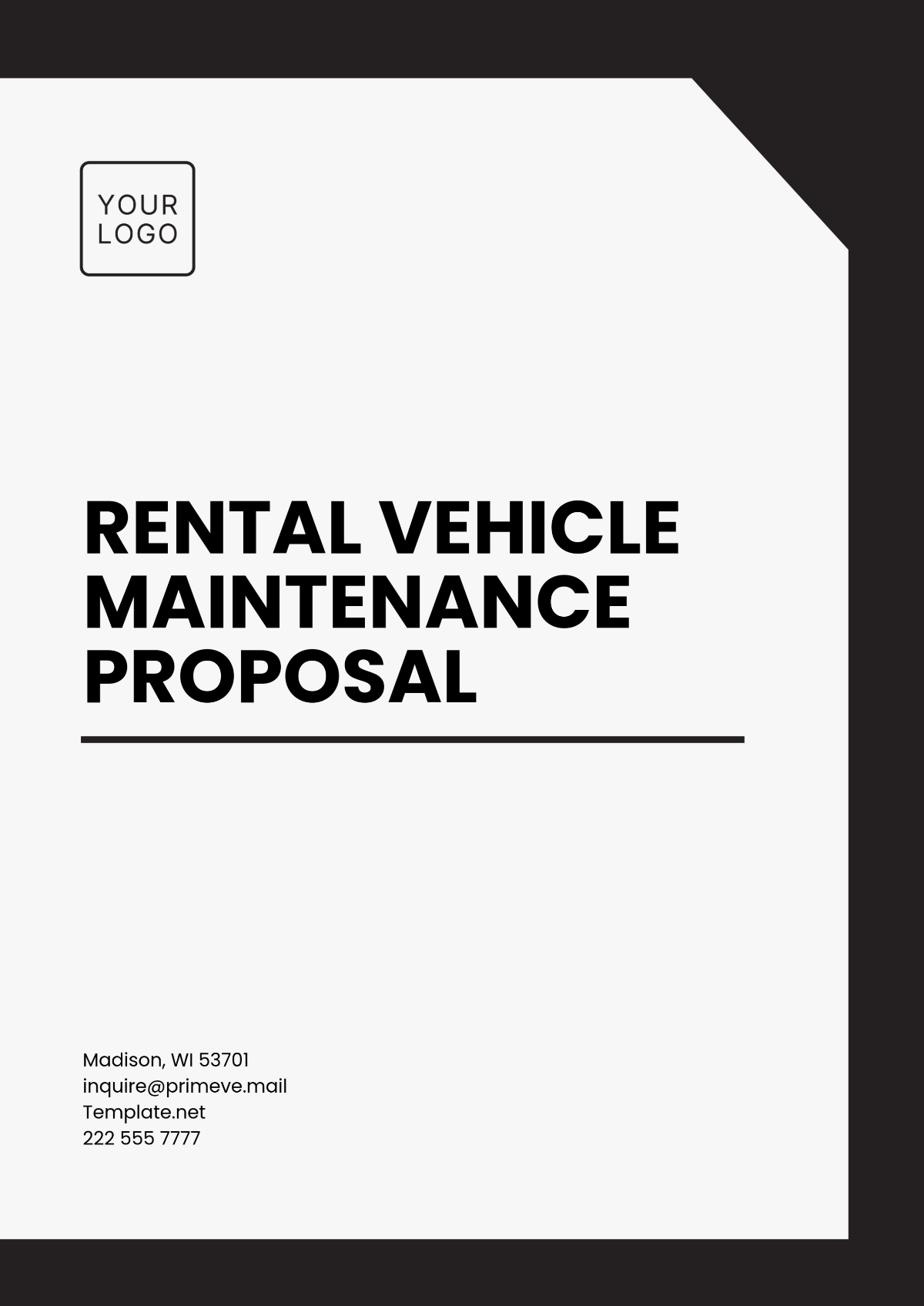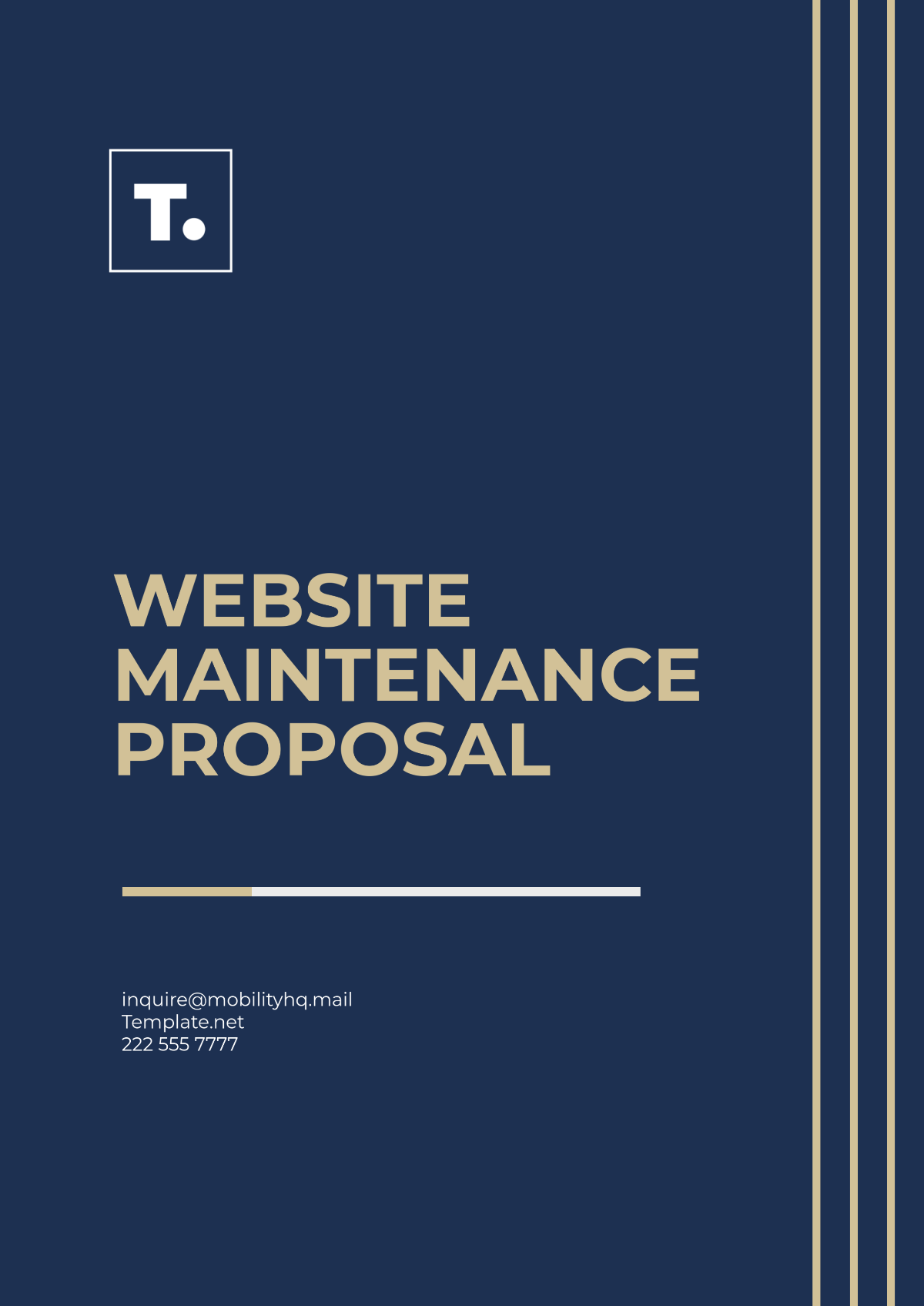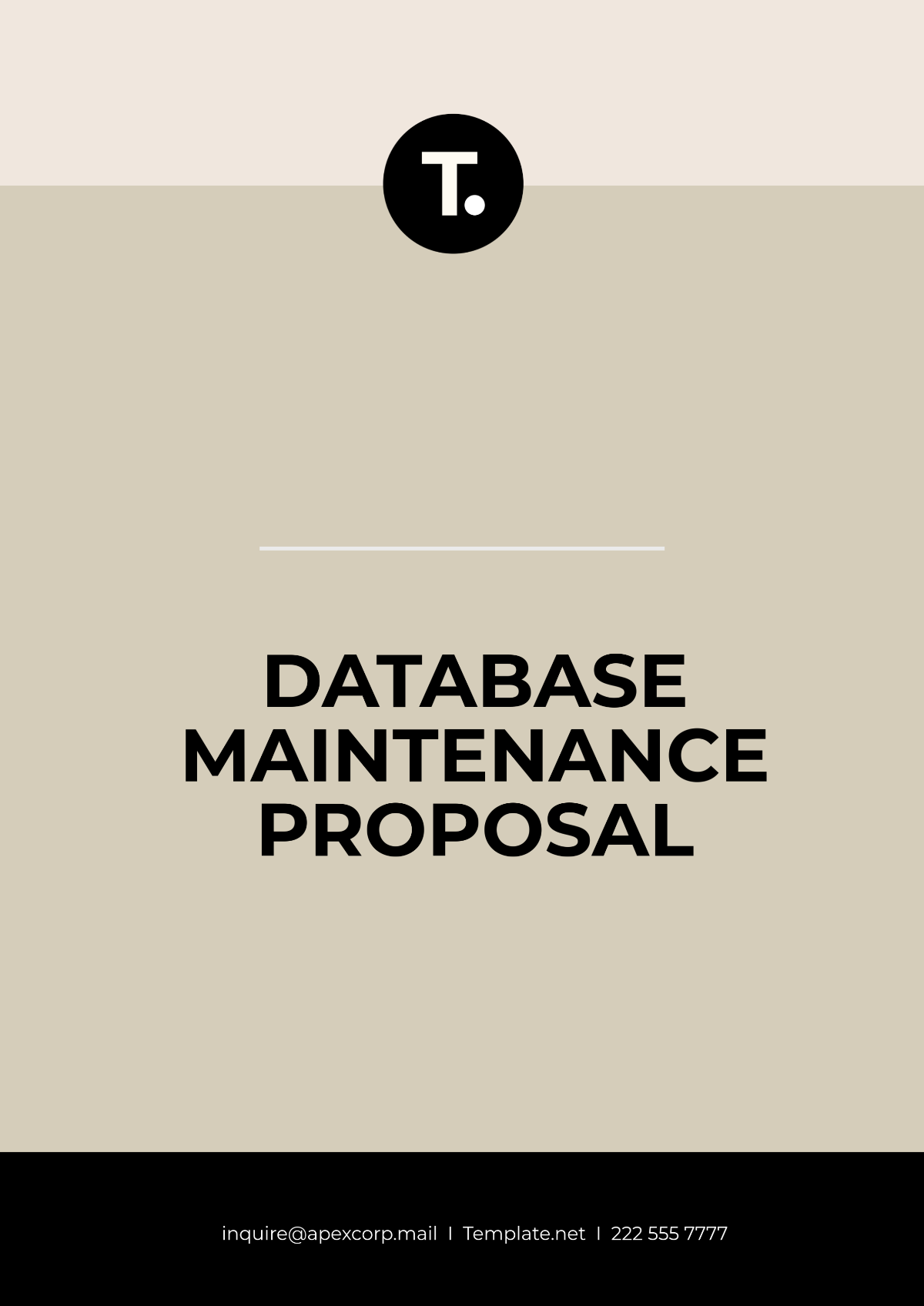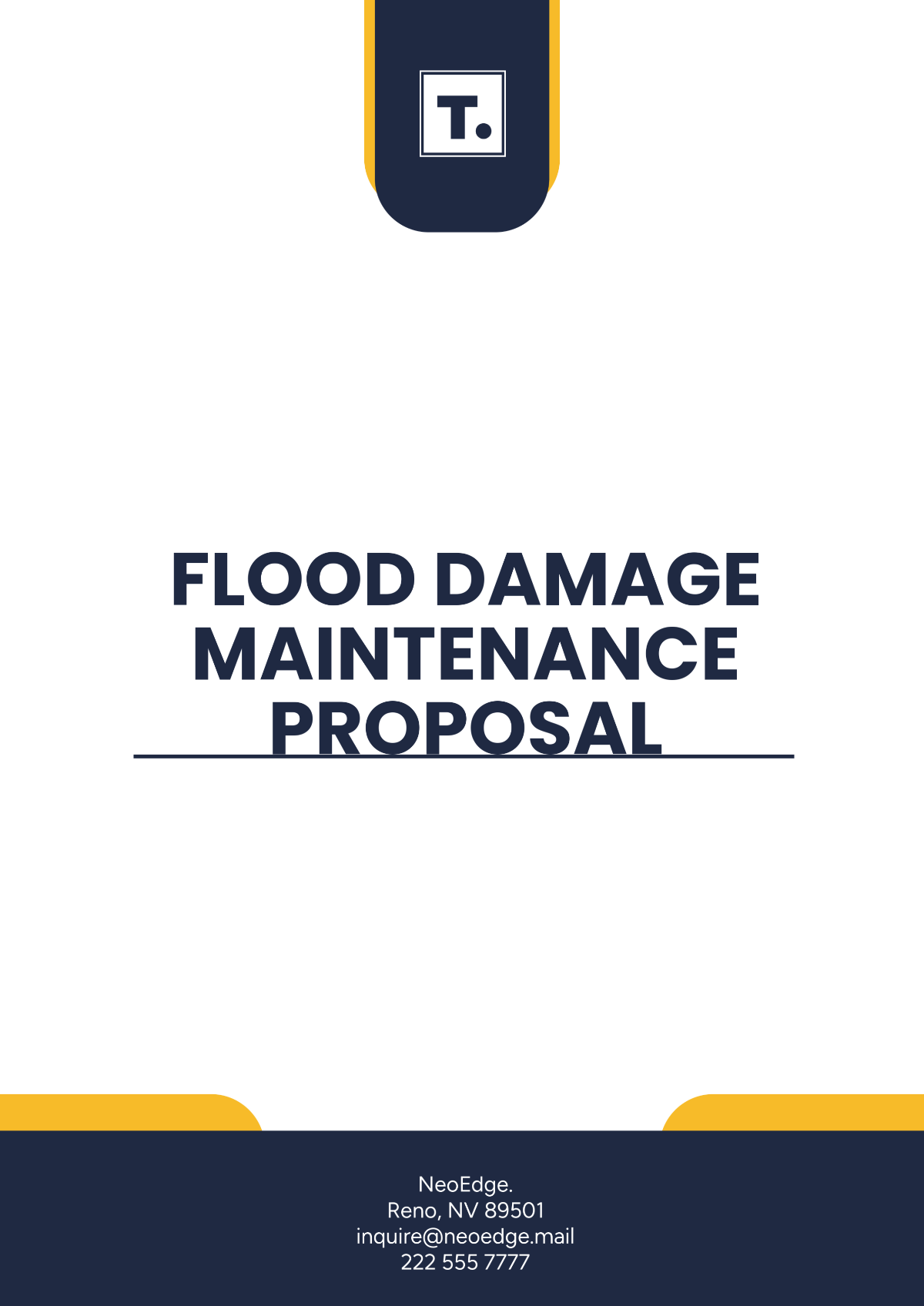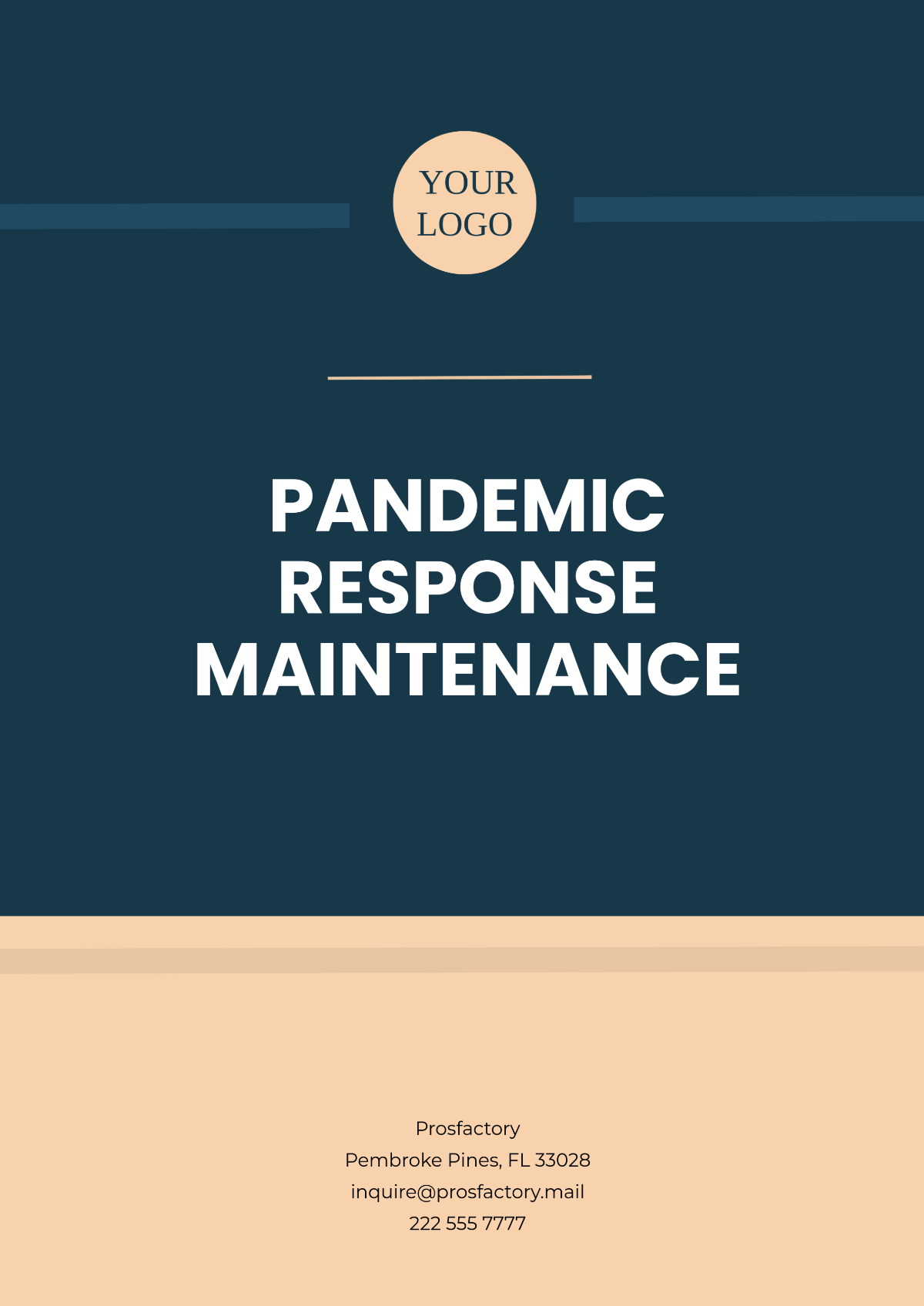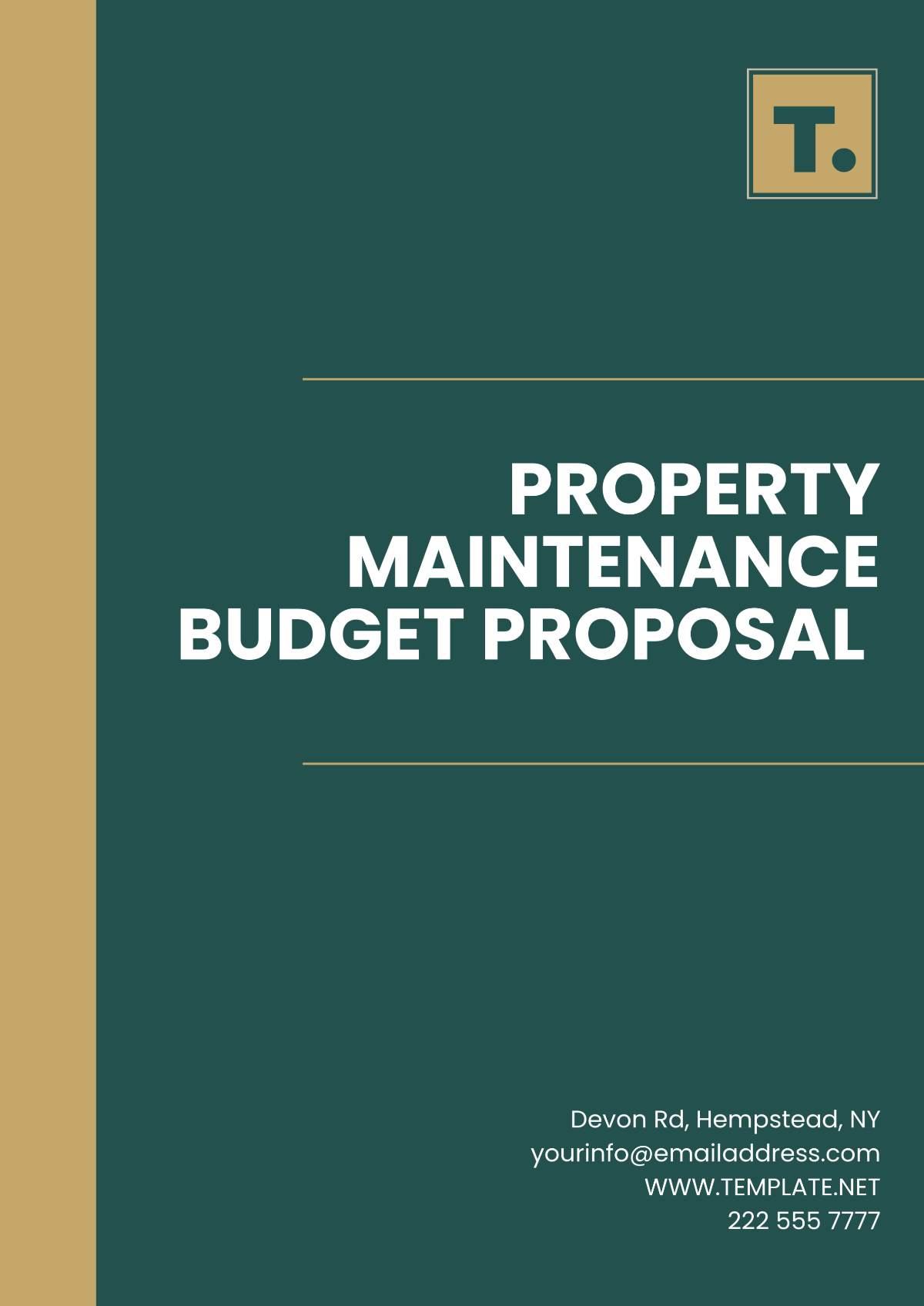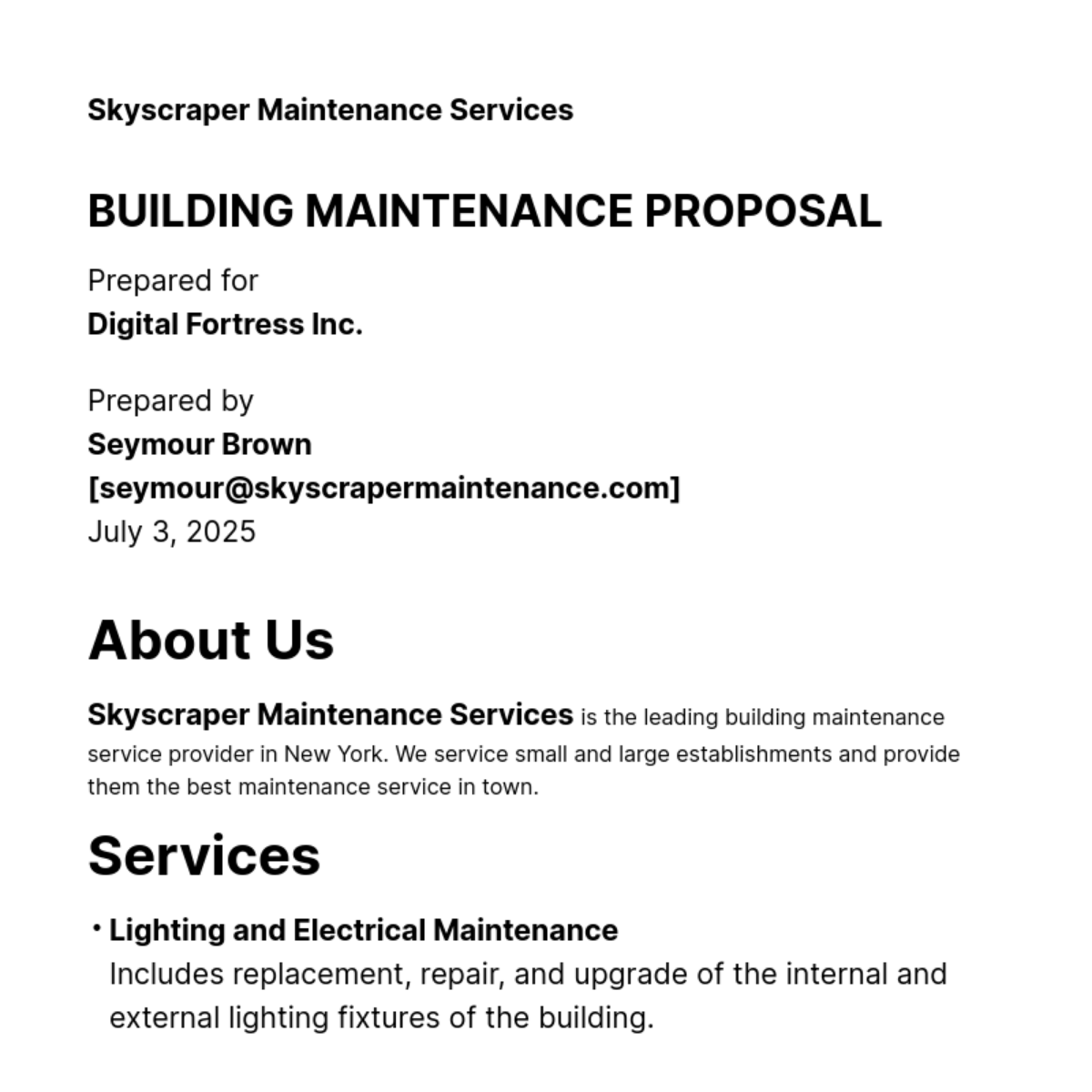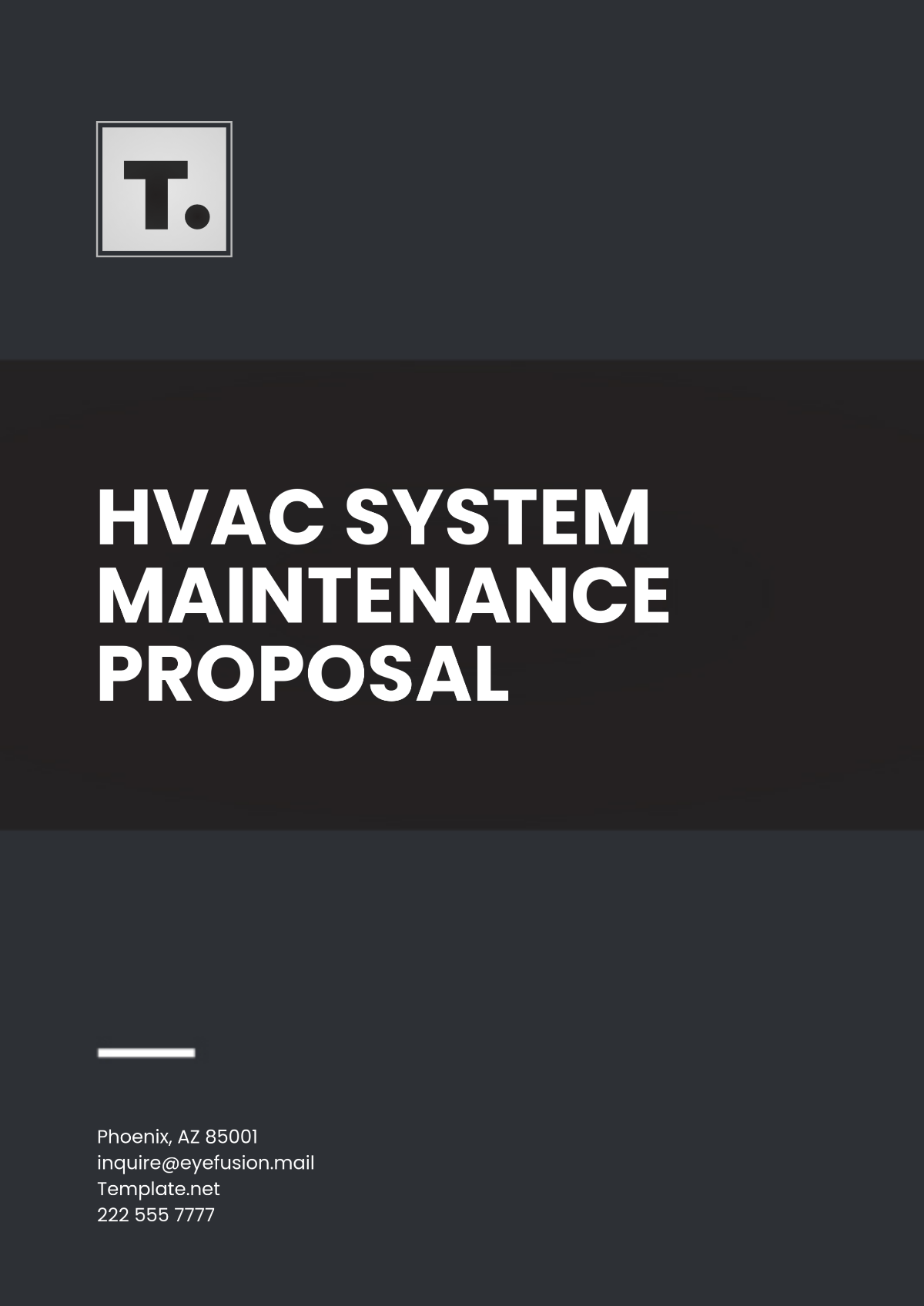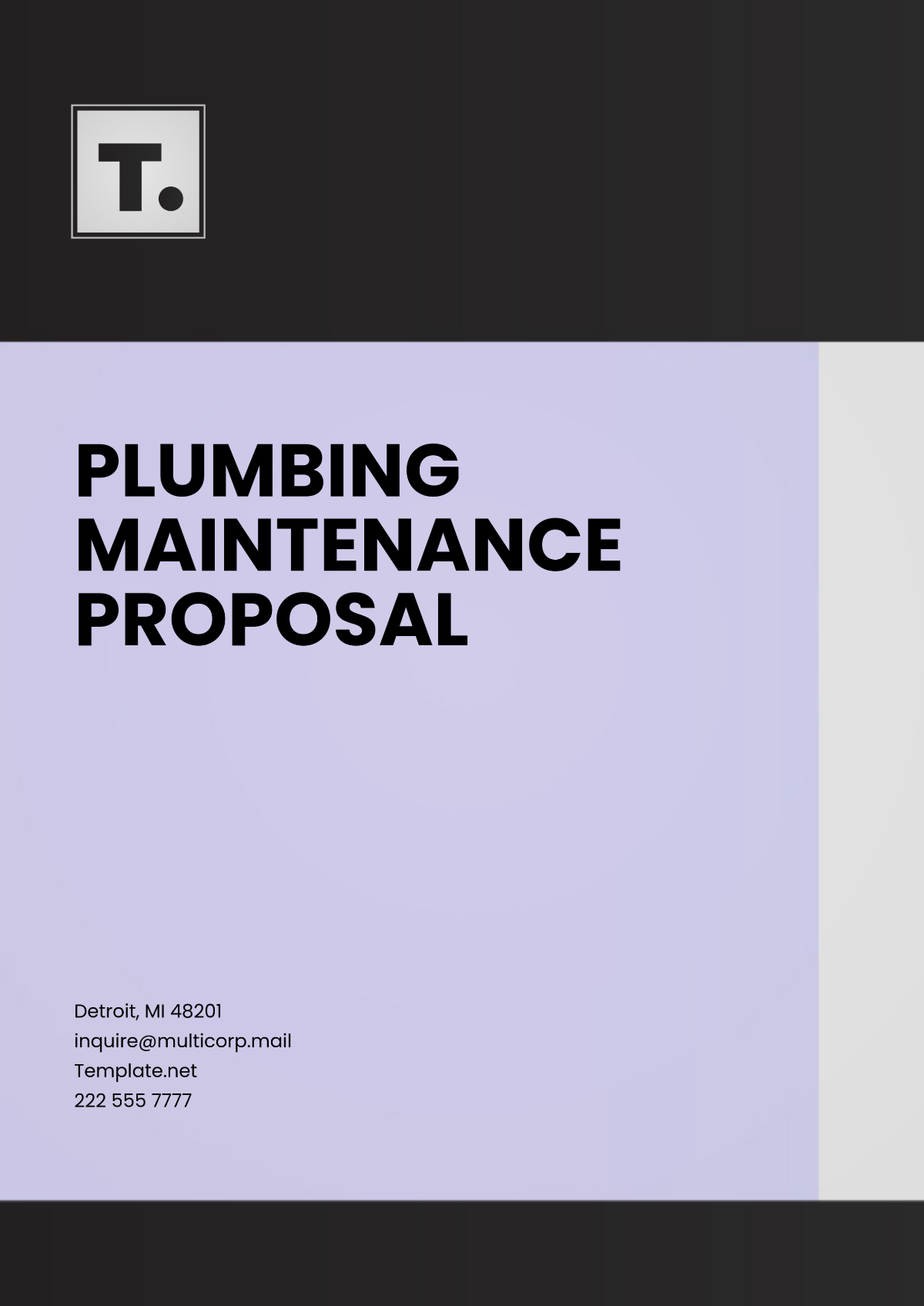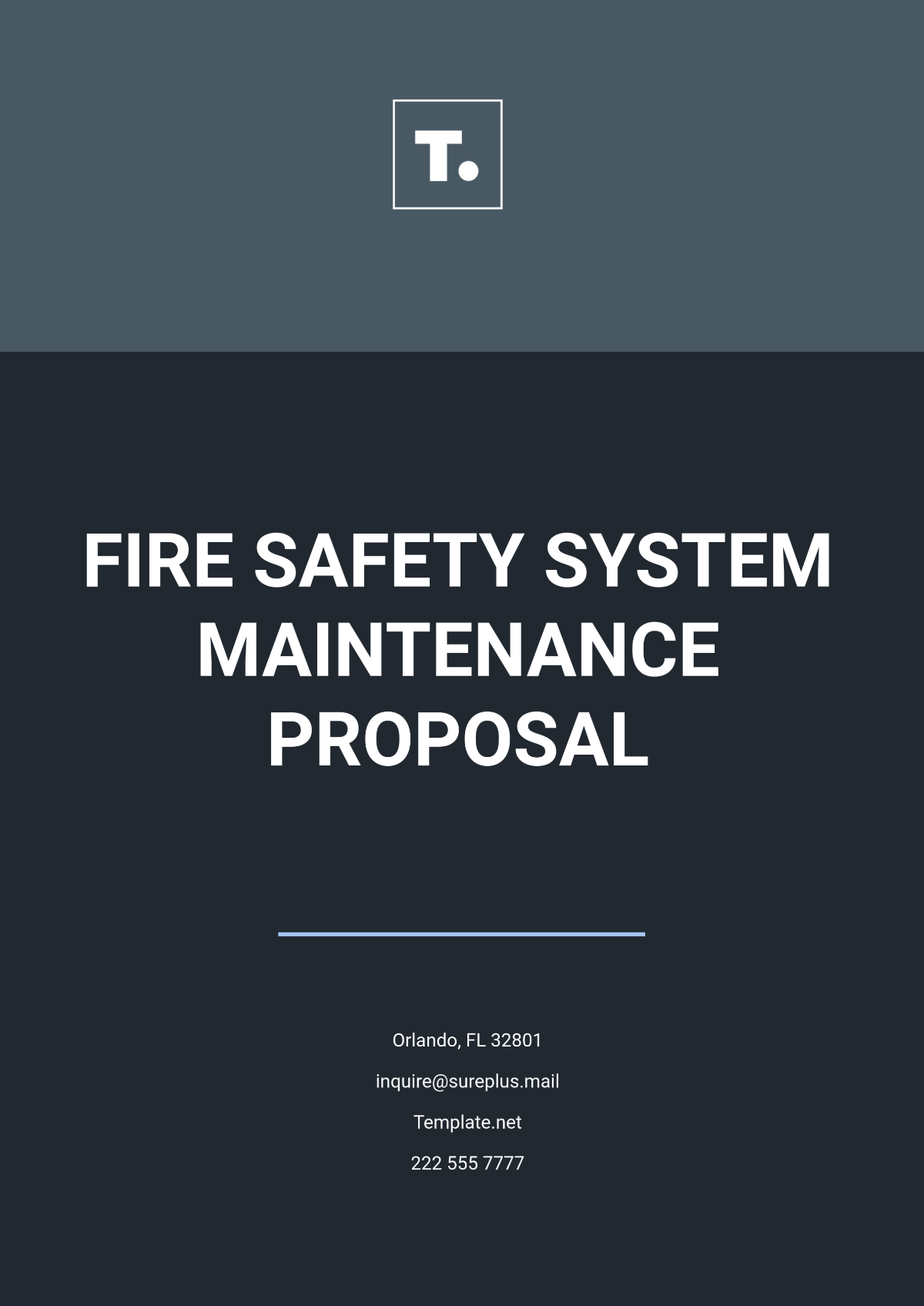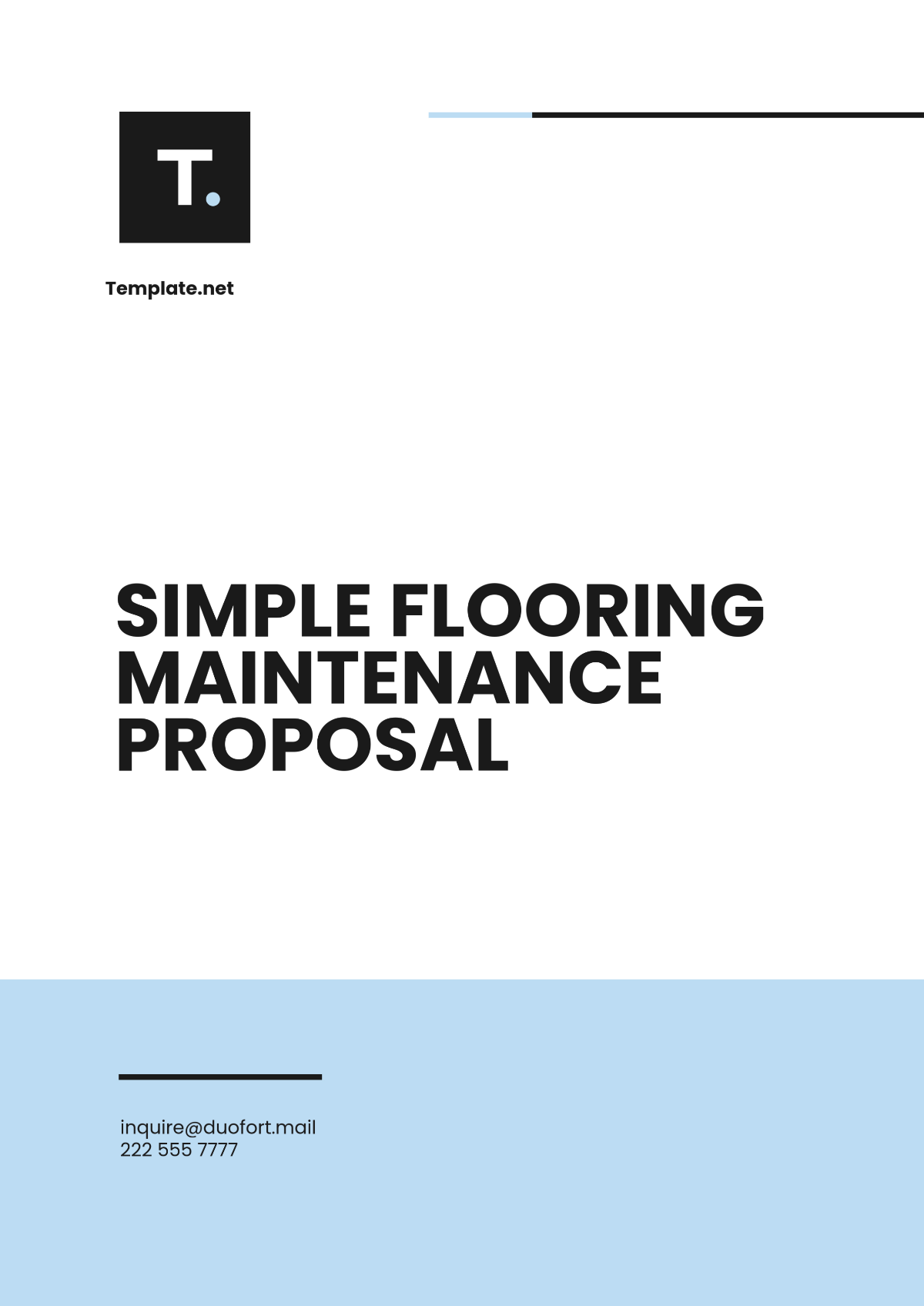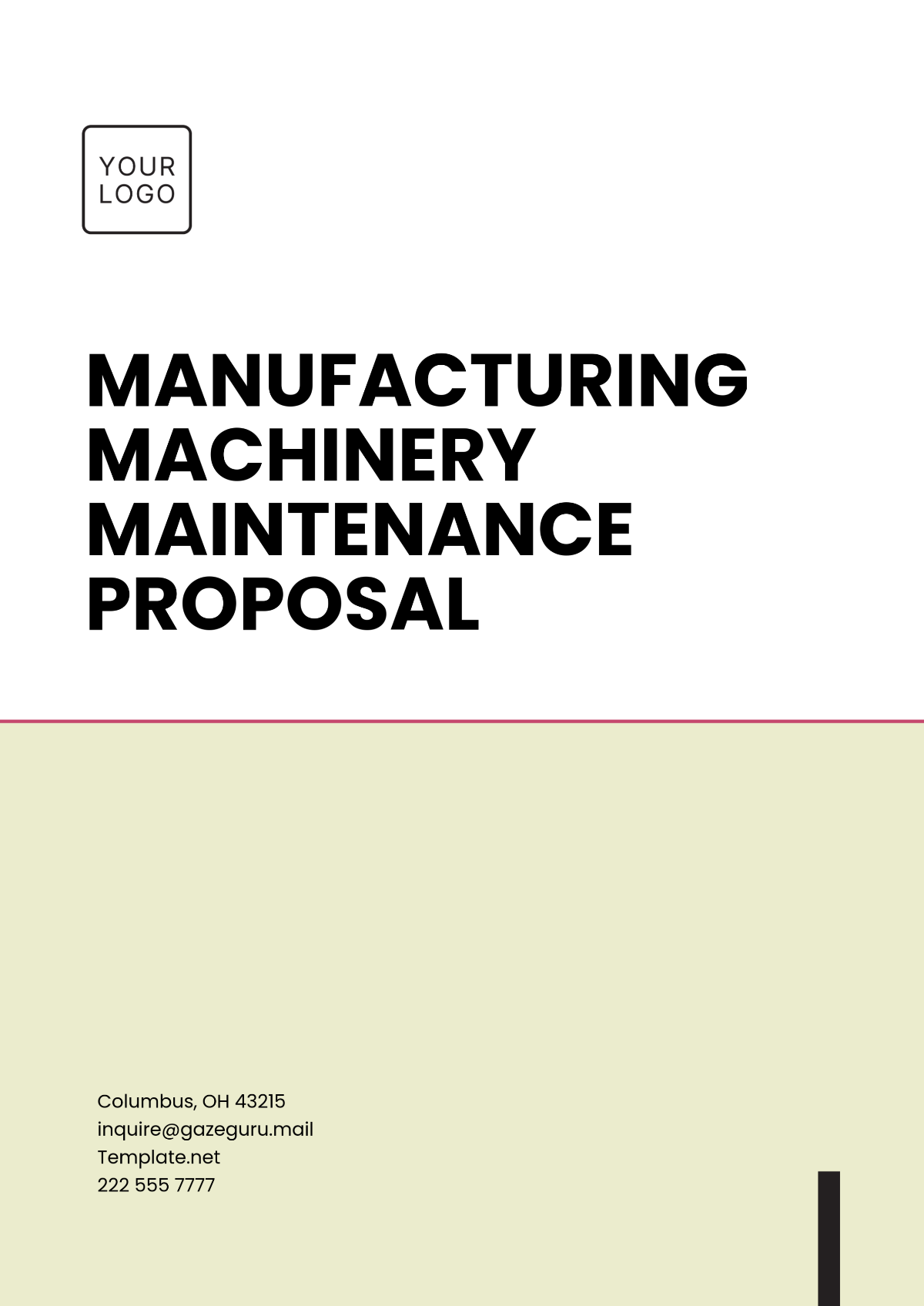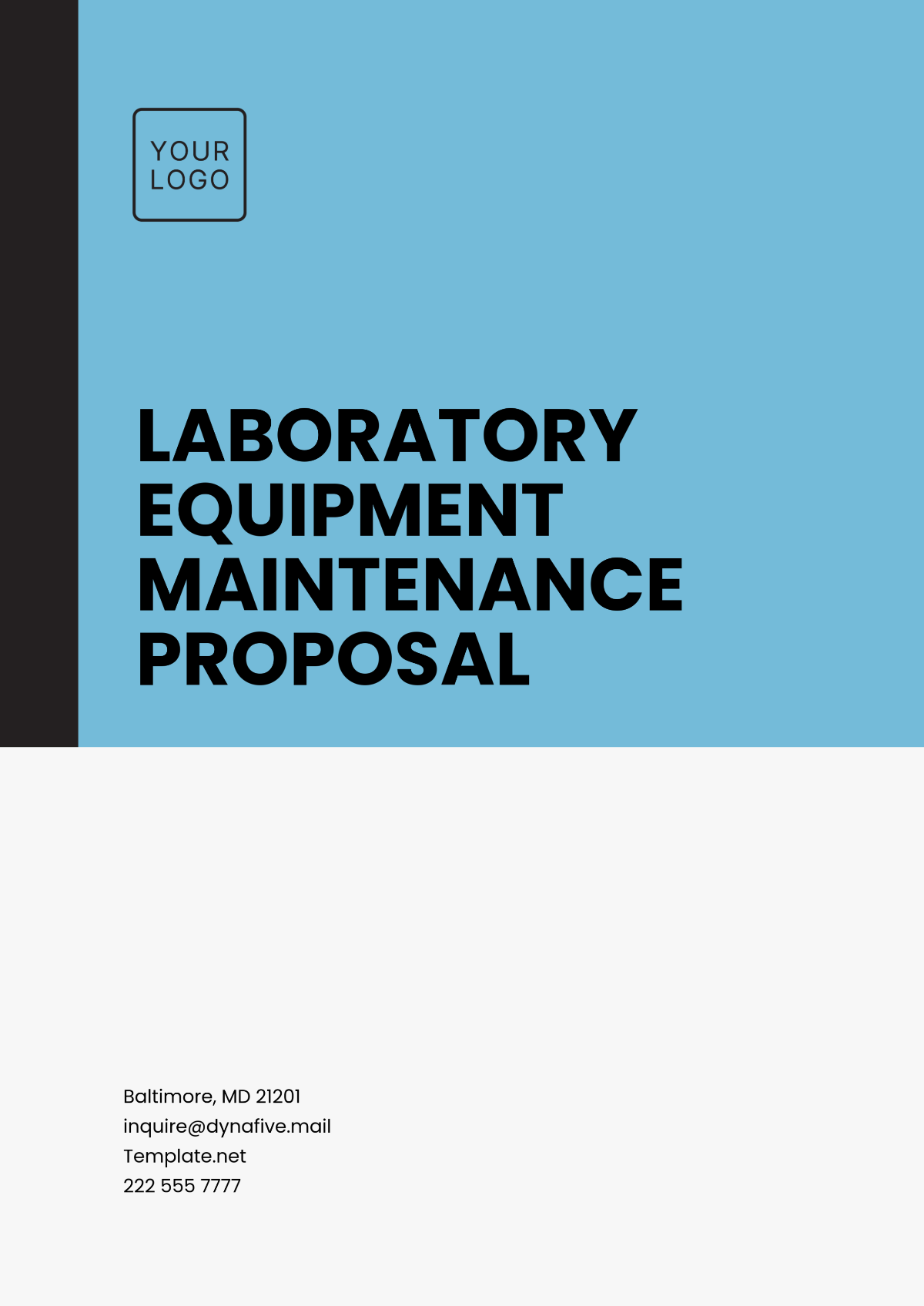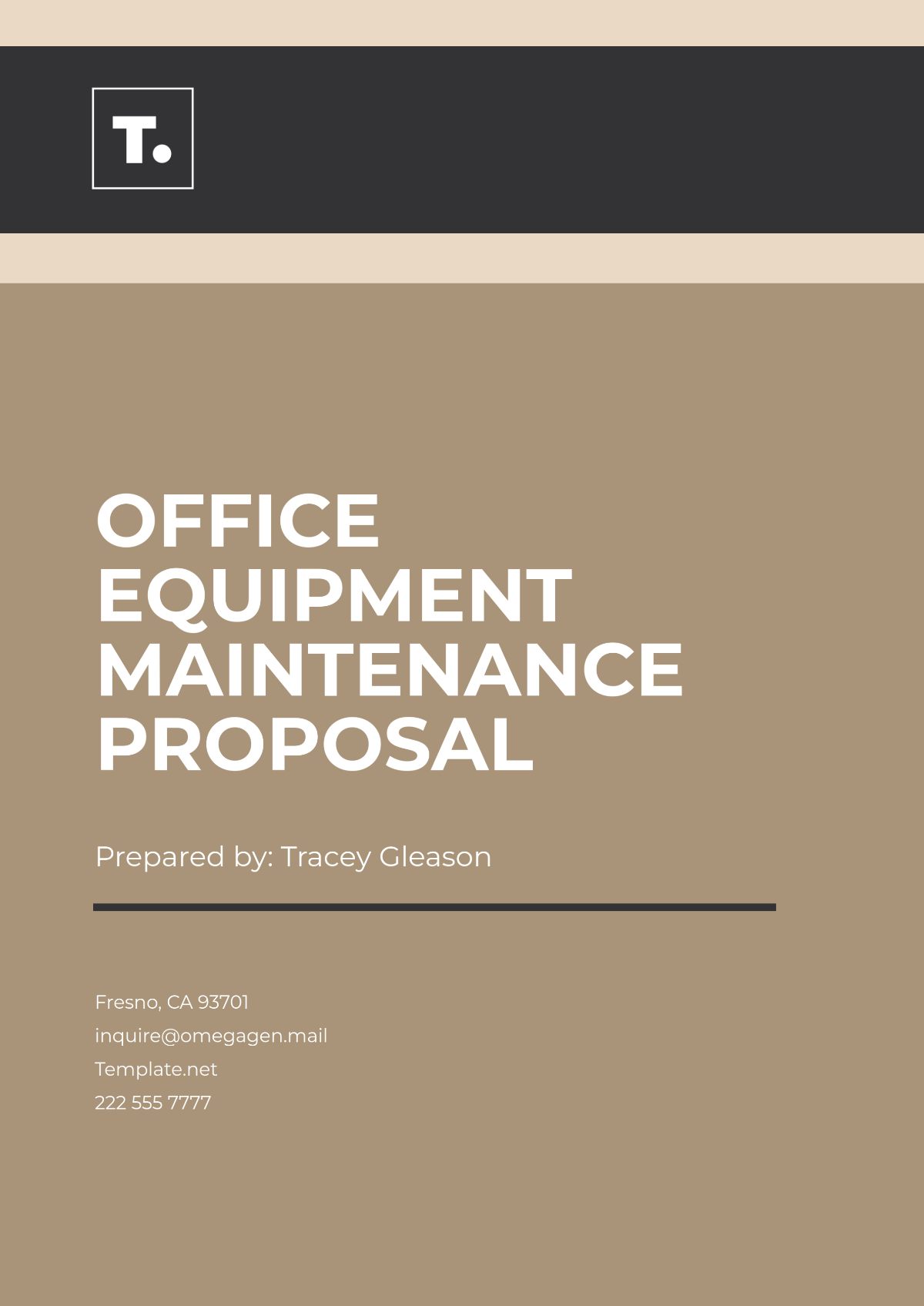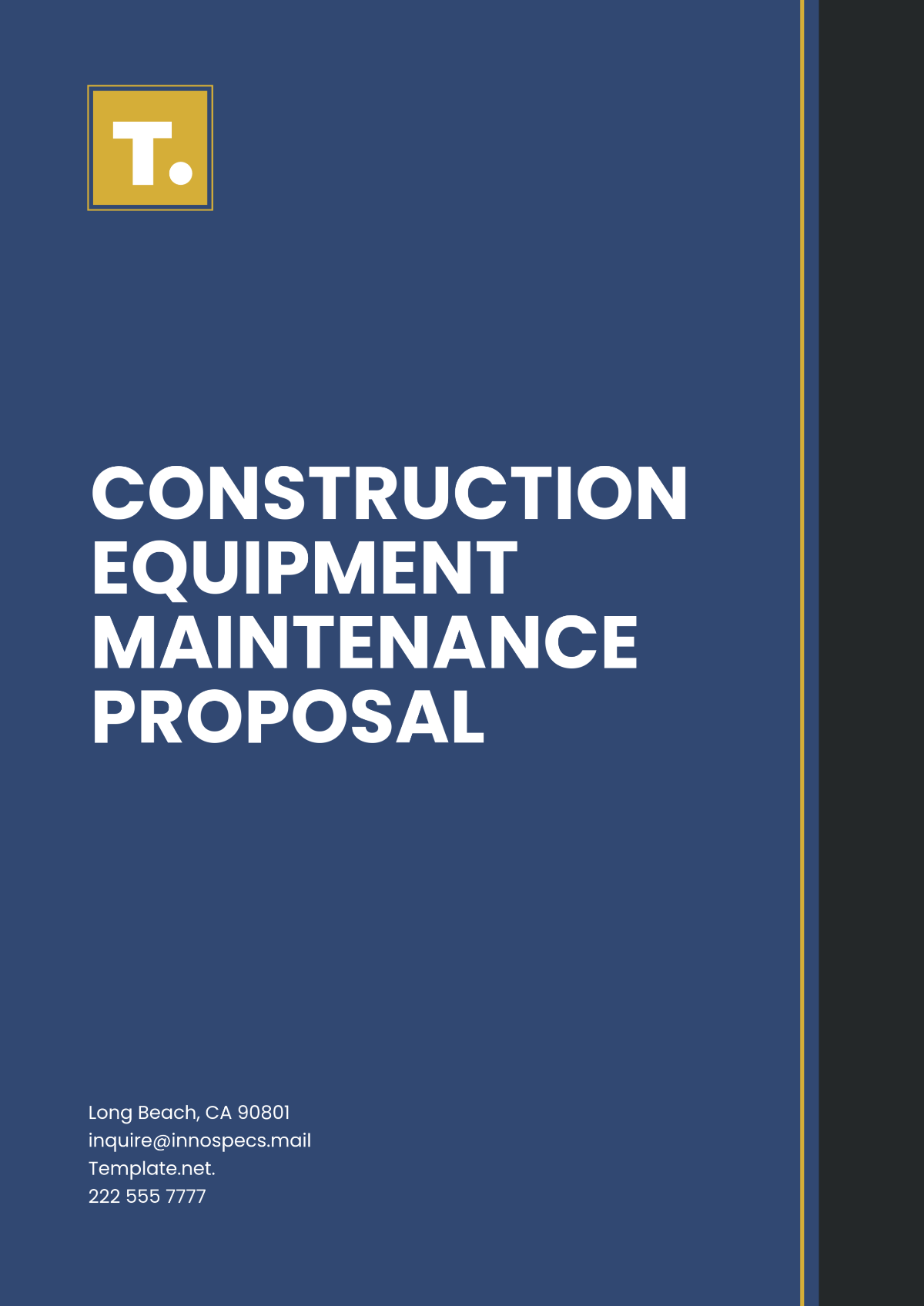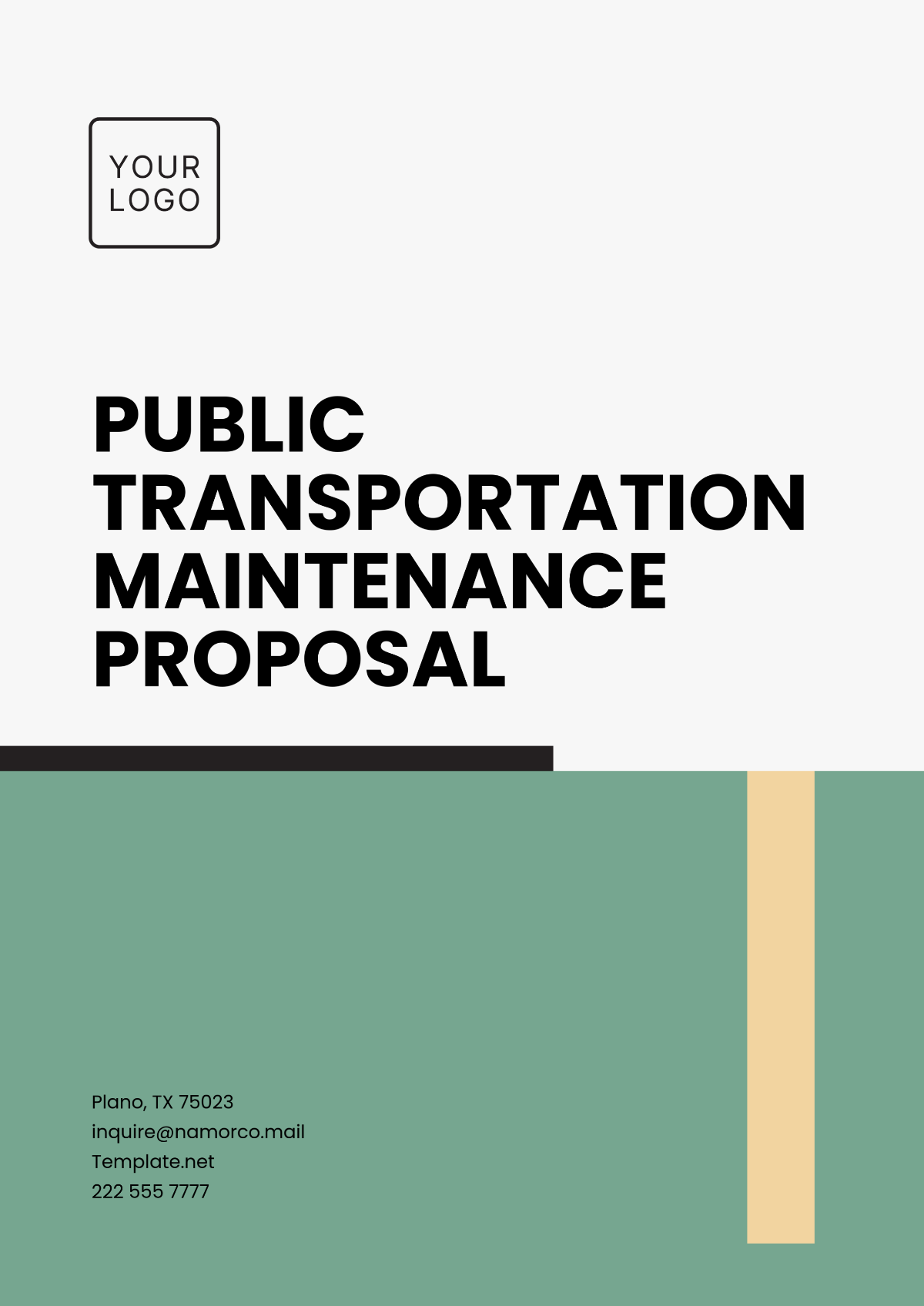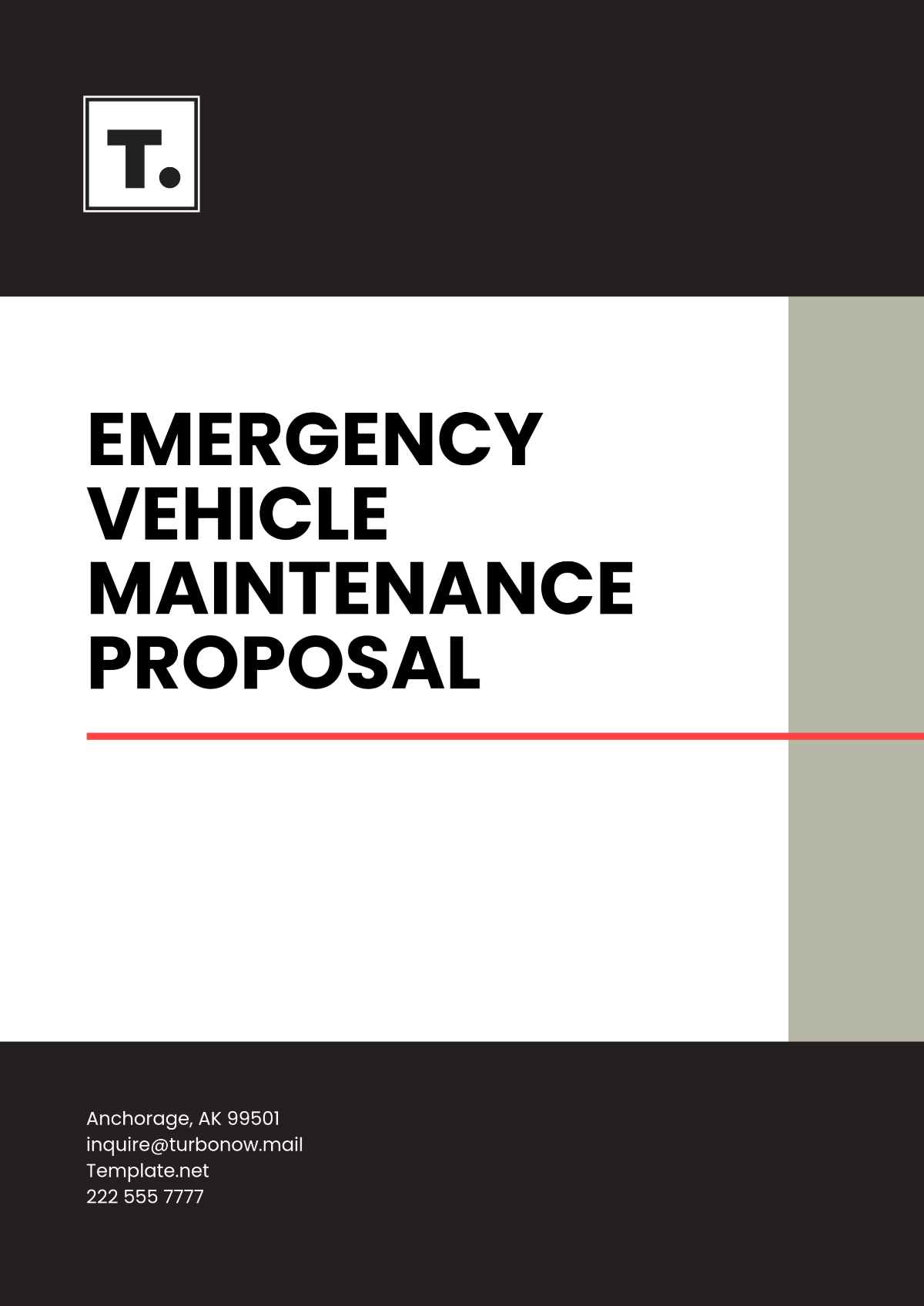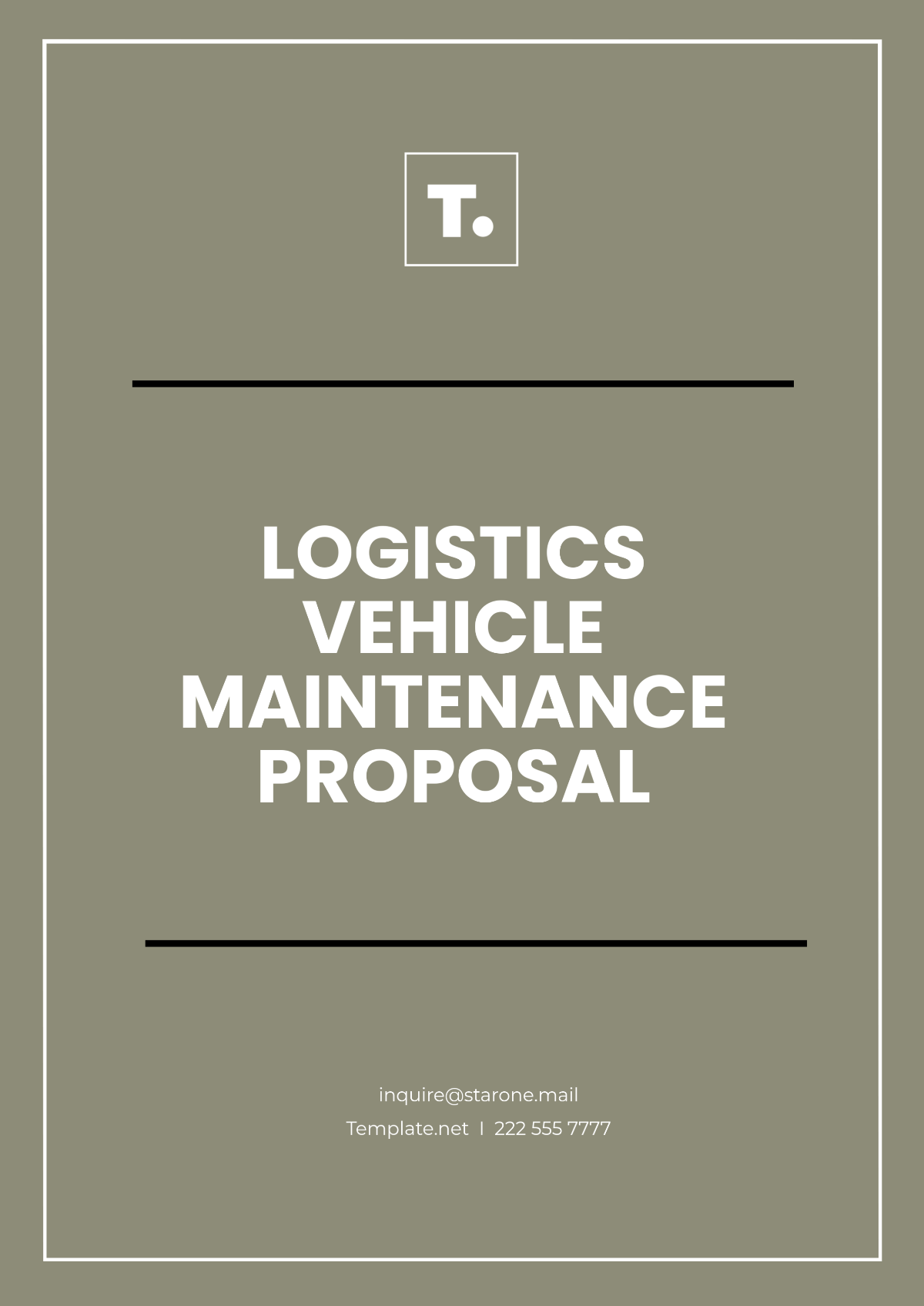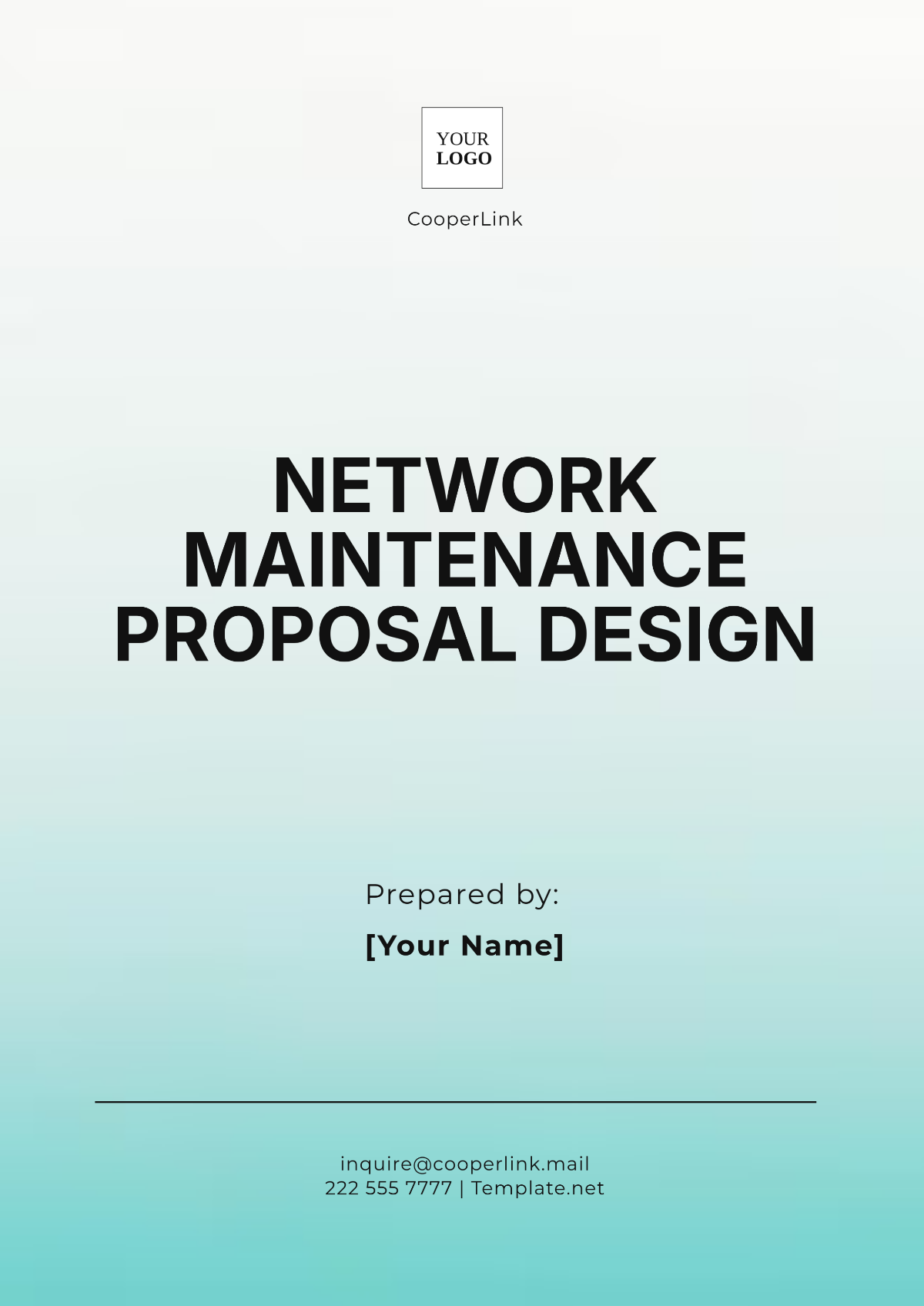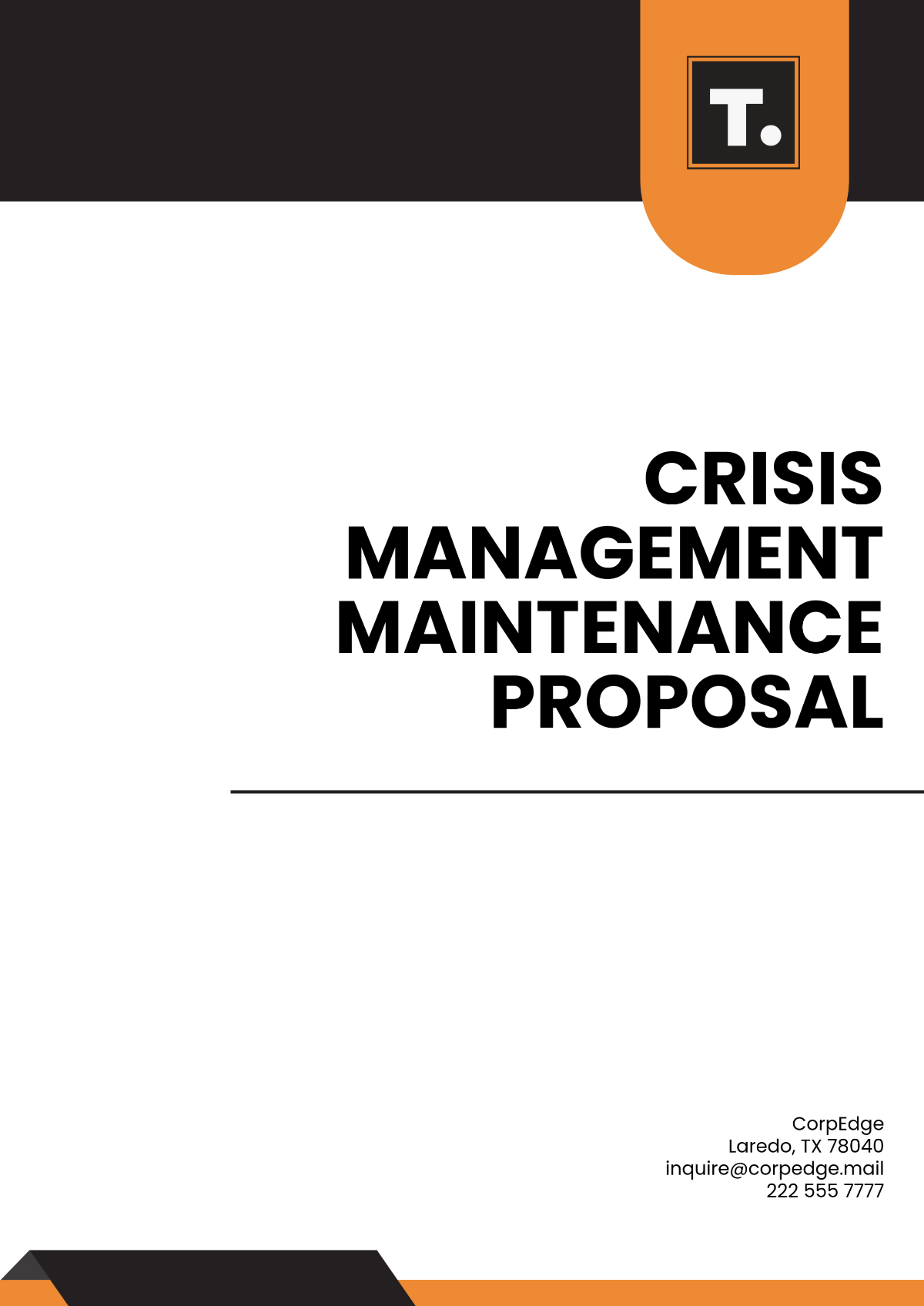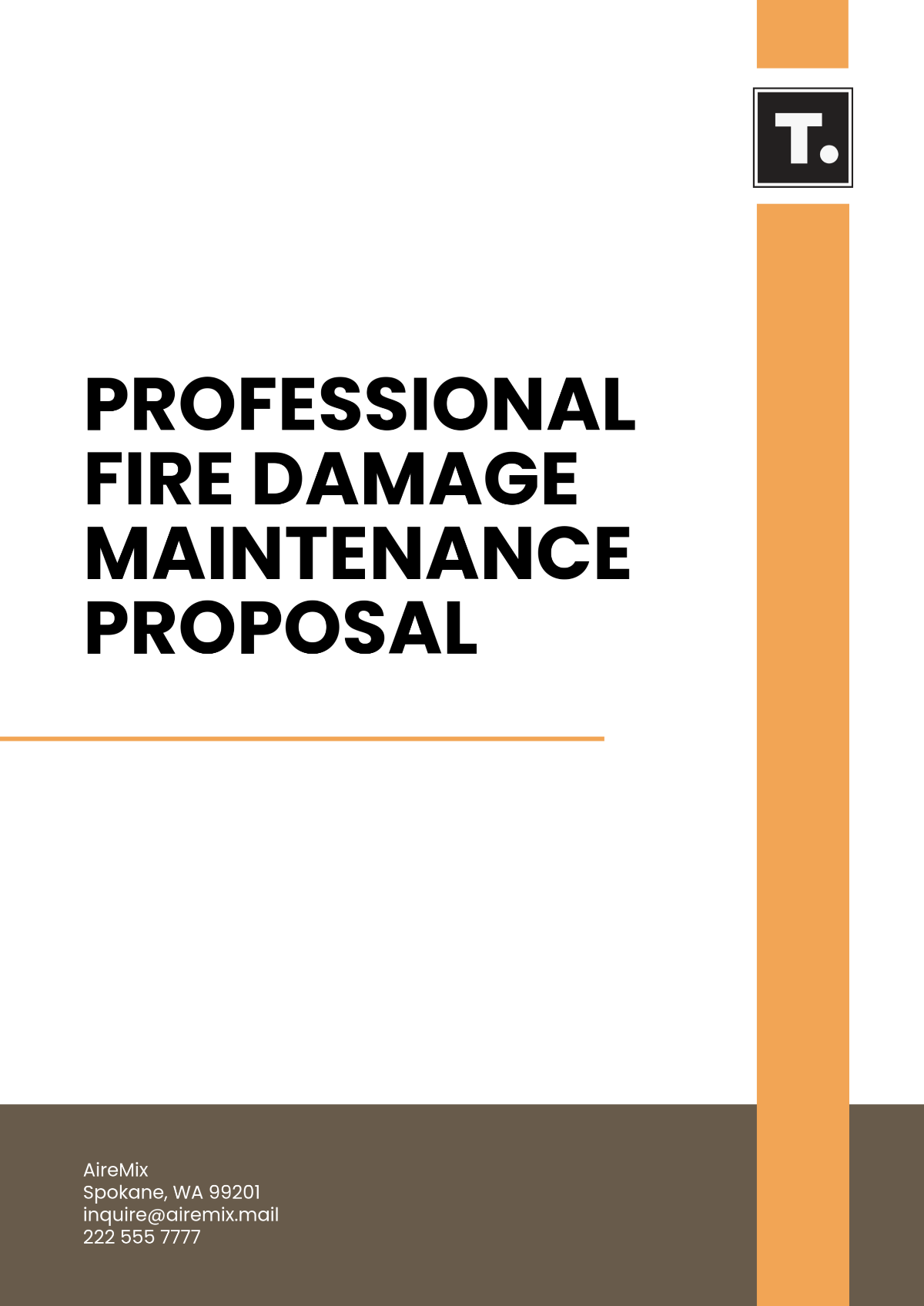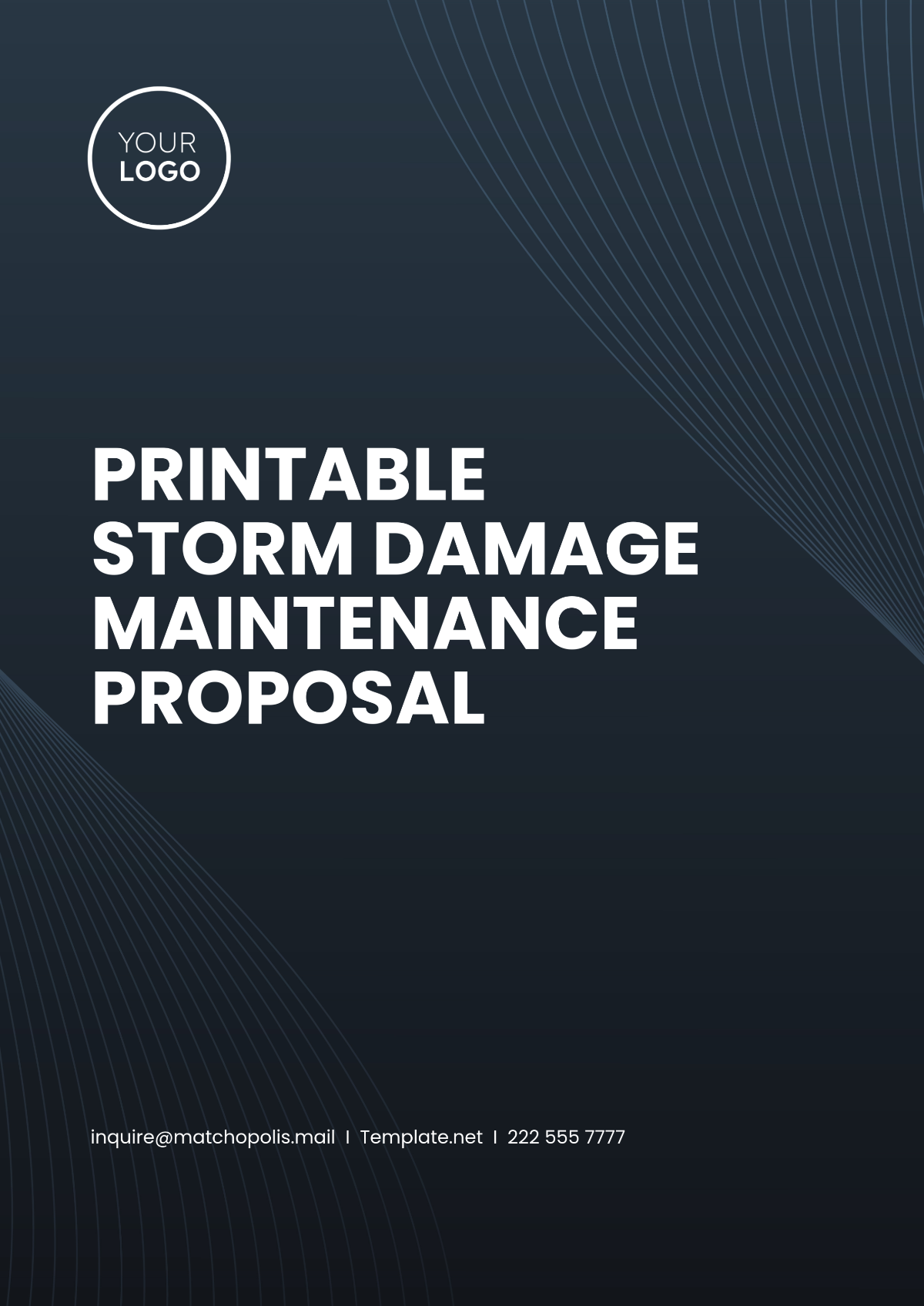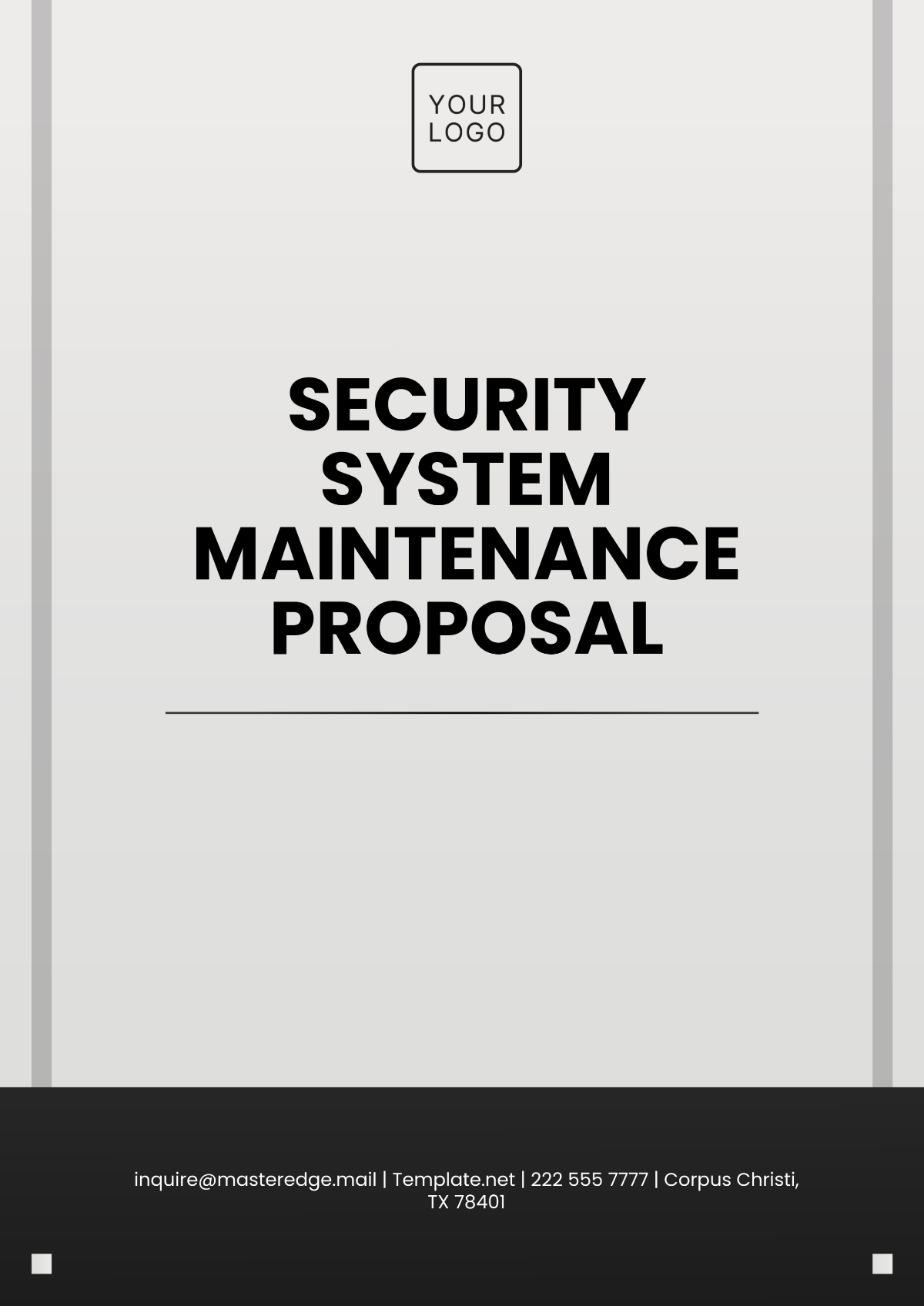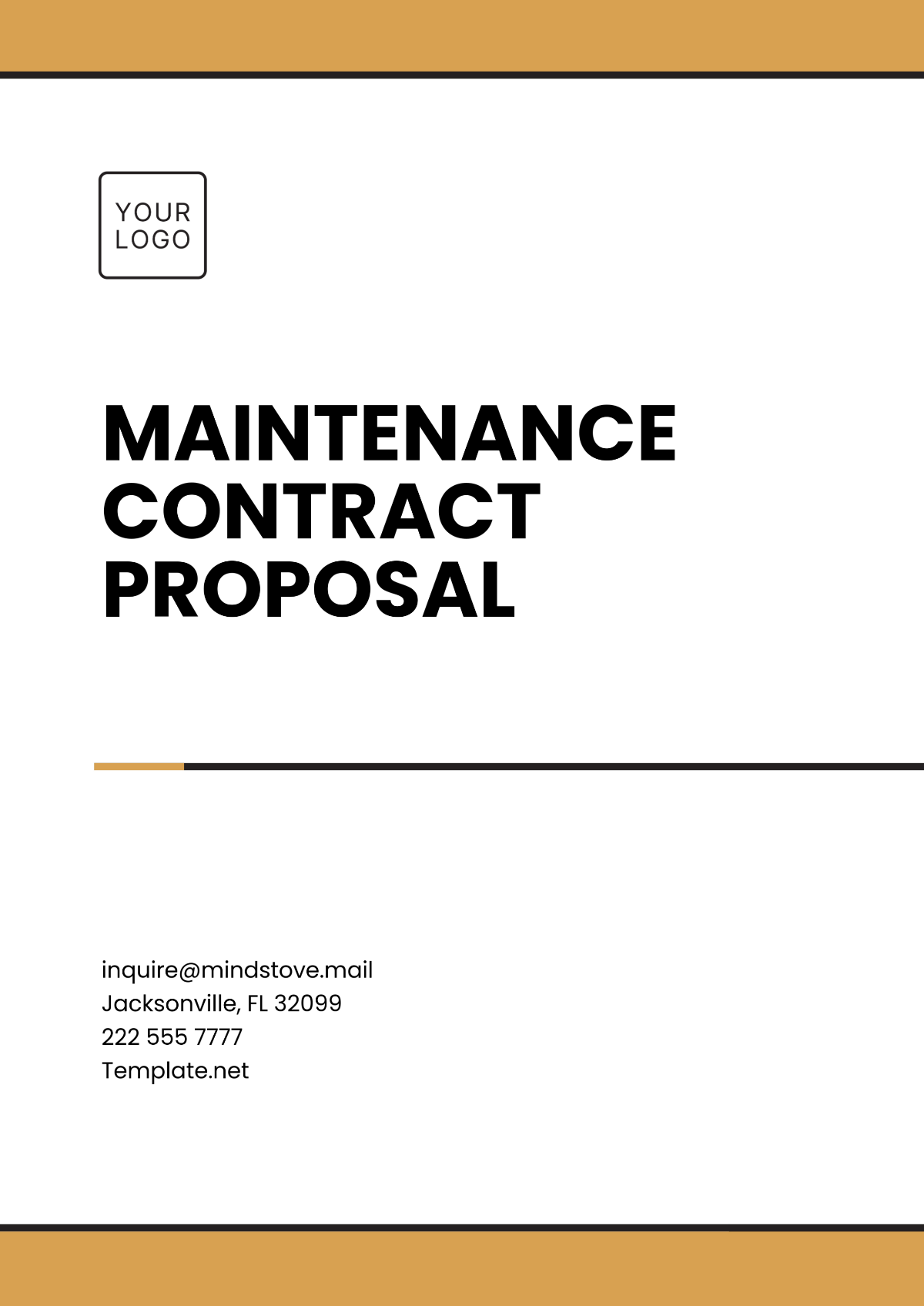Railway Maintenance Proposal Outline
Prepared by: [Your Company Name]
Date: January 1, 2060
I. Title Page
Start with a professional title page that identifies the proposal.
Include the name of the railway company or contractor.
Mention the project title (e.g., “Railway Track Maintenance Proposal”).
Date of proposal submission.
Contact Information of the primary author or project manager.
II. Introduction
Provide a brief introduction that outlines the purpose and scope of the maintenance project.
Explain the reason for maintenance (routine checkup, emergency repairs, system upgrades).
State the objective (e.g., ensure safety, reduce downtime, upgrade rail infrastructure).
Mention the location and size of the railway system being maintained.
III. Project Objectives
List the specific goals of the project in bullet points.
Example:
Ensure the safety and reliability of the railway tracks.
Repair or replace damaged sections of the track.
Improve signaling systems and track alignment.
Minimize operational disruptions during maintenance.
IV. Scope of Work
Provide a detailed description of the tasks and activities involved in the maintenance project.
Break down the work into specific maintenance activities:
Track inspection and assessment.
Rail replacement or resurfacing.
Switch and signal maintenance.
Routine cleaning and lubrication of mechanical components.
Timeline: Estimate how long each task will take.
Resources: Mention the necessary equipment and materials (e.g., welding machines, new rails, tools).
V. Project Timeline
Present a clear timeline for the entire maintenance project.
Start Date and Completion Date.
Include major milestones (e.g., phase 1 completion, final inspection).
Use a Gantt chart or similar visual aid to show the breakdown of activities and the corresponding timeline.
VI. Budget and Costs
Provide a breakdown of the estimated costs associated with the project.
Include costs for labor, materials, and equipment.
Example breakdown:
Labor Costs: $XX, XXX
Materials (rails, tools, etc.): $XX, XXX
Equipment Rental: $X, XXX
Safety measures and compliance: $X, XXX
Add a contingency fund for unexpected costs (typically 5-10% of total costs).
VII. Risk Management and Safety
Identify potential risks and outline mitigation strategies.
Risks could include weather delays, equipment failures, or safety incidents.
Mitigation strategies: Implement contingency plans, allocate additional time for weather delays, and ensure worker training.
Provide a clear safety protocol, including:
Personal protective equipment (PPE) requirements.
Emergency procedures.
Compliance with health and safety regulations.
VIII. Compliance and Safety Regulations
Highlight relevant regulatory standards and compliance requirements.
Include references to any local, state, or federal regulations for railway safety.
Include adherence to industry standards for maintenance, environmental safety, and worker protection in the proposal.
Example: "The maintenance will comply with the Federal Railroad Administration (FRA) regulations."
IX. Project Team and Responsibilities
Identify the key members of the project team and their roles.
Example:
Project Manager: Overseeing the project’s progress and ensuring deadlines are met.
Lead Engineer: Managing technical aspects of maintenance.
Safety Officer: Ensuring safety standards are followed.
X. Conclusion and Next Steps
Summarize the proposal and indicate the next steps.
Reaffirm the importance of the maintenance project for operational efficiency and safety.
Mention any required actions from the client or stakeholders (e.g., approval of budget, final decision on scheduling).
